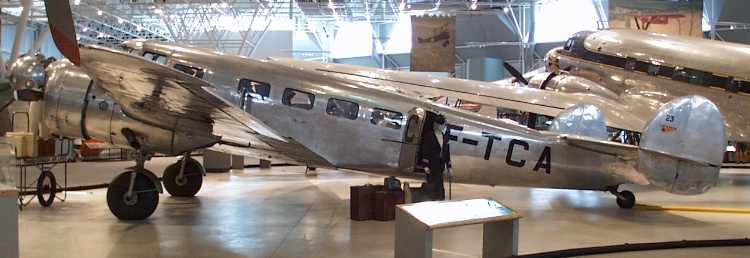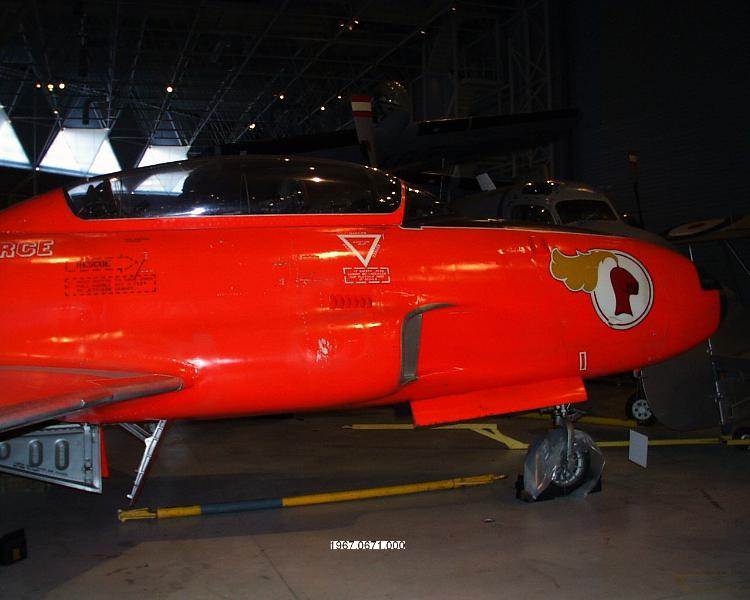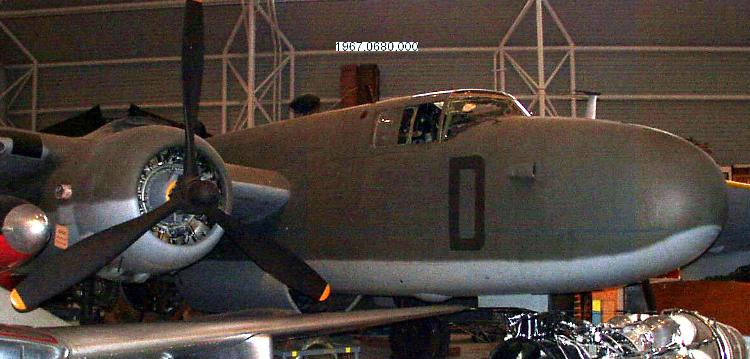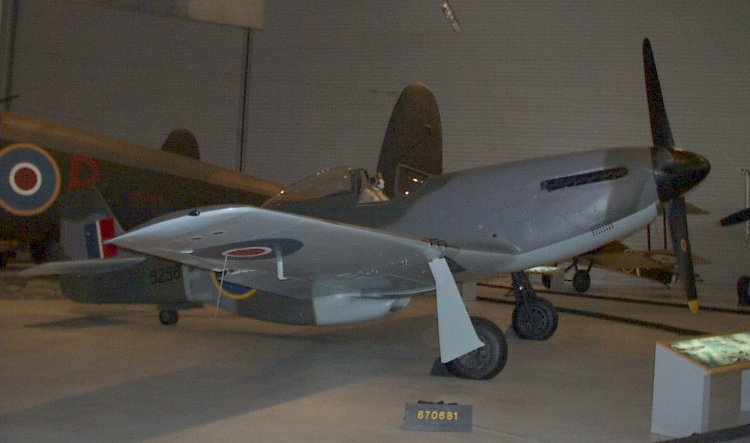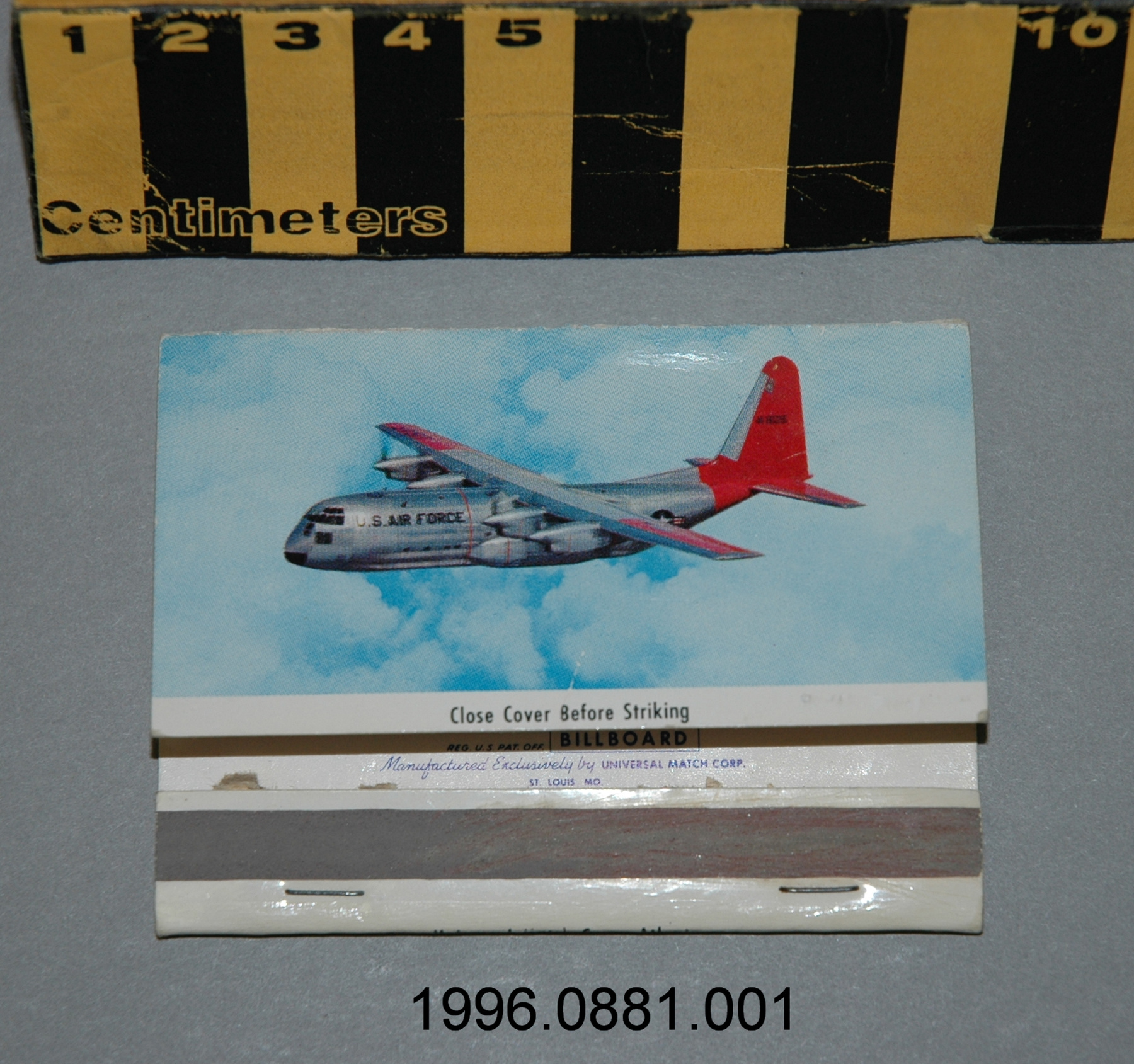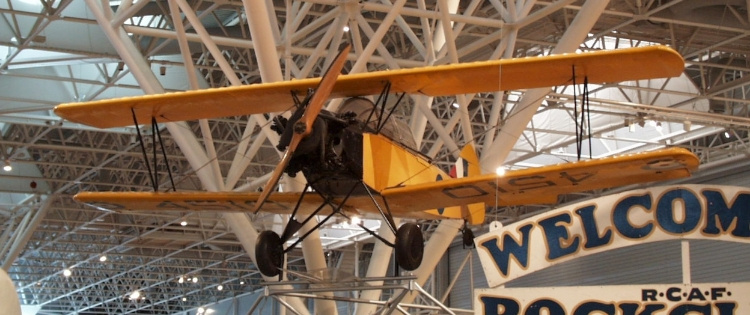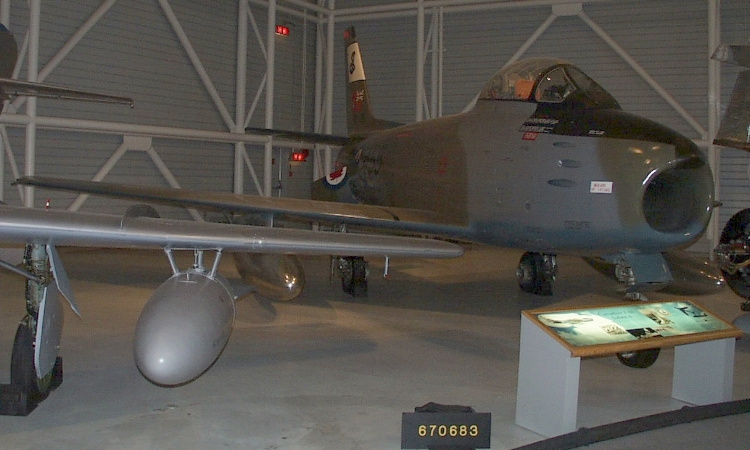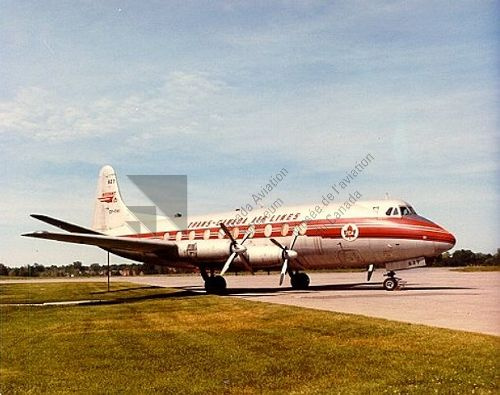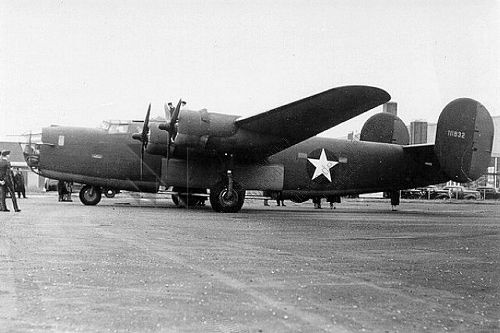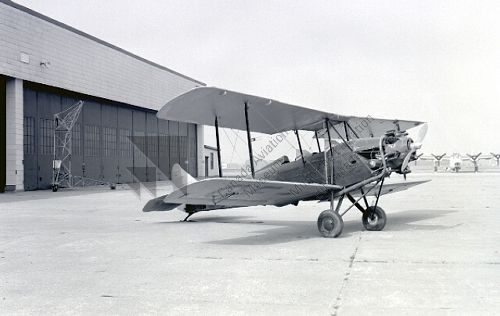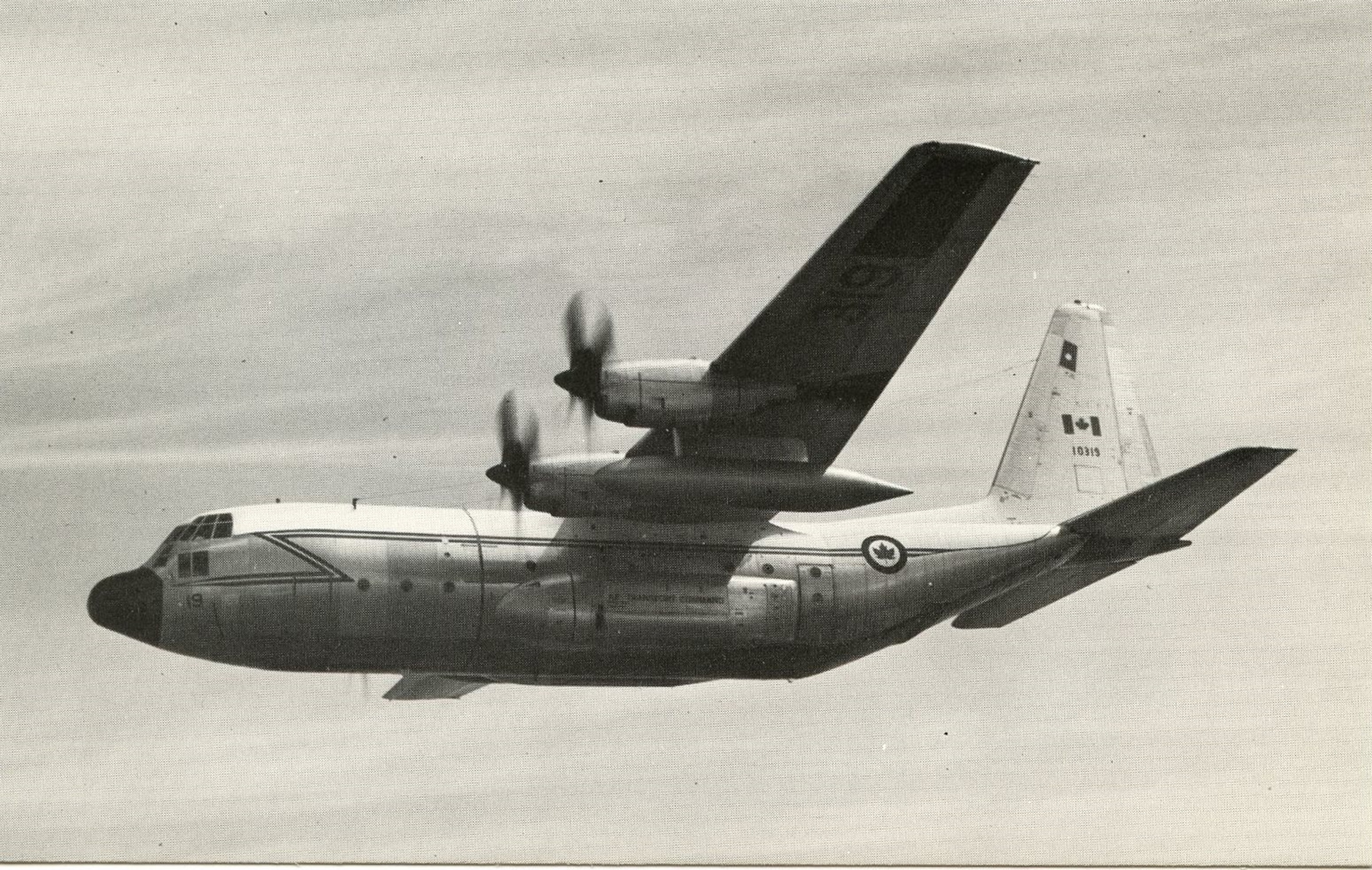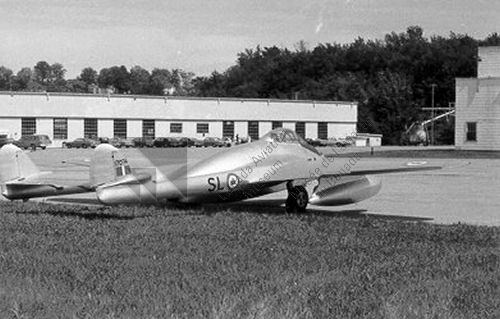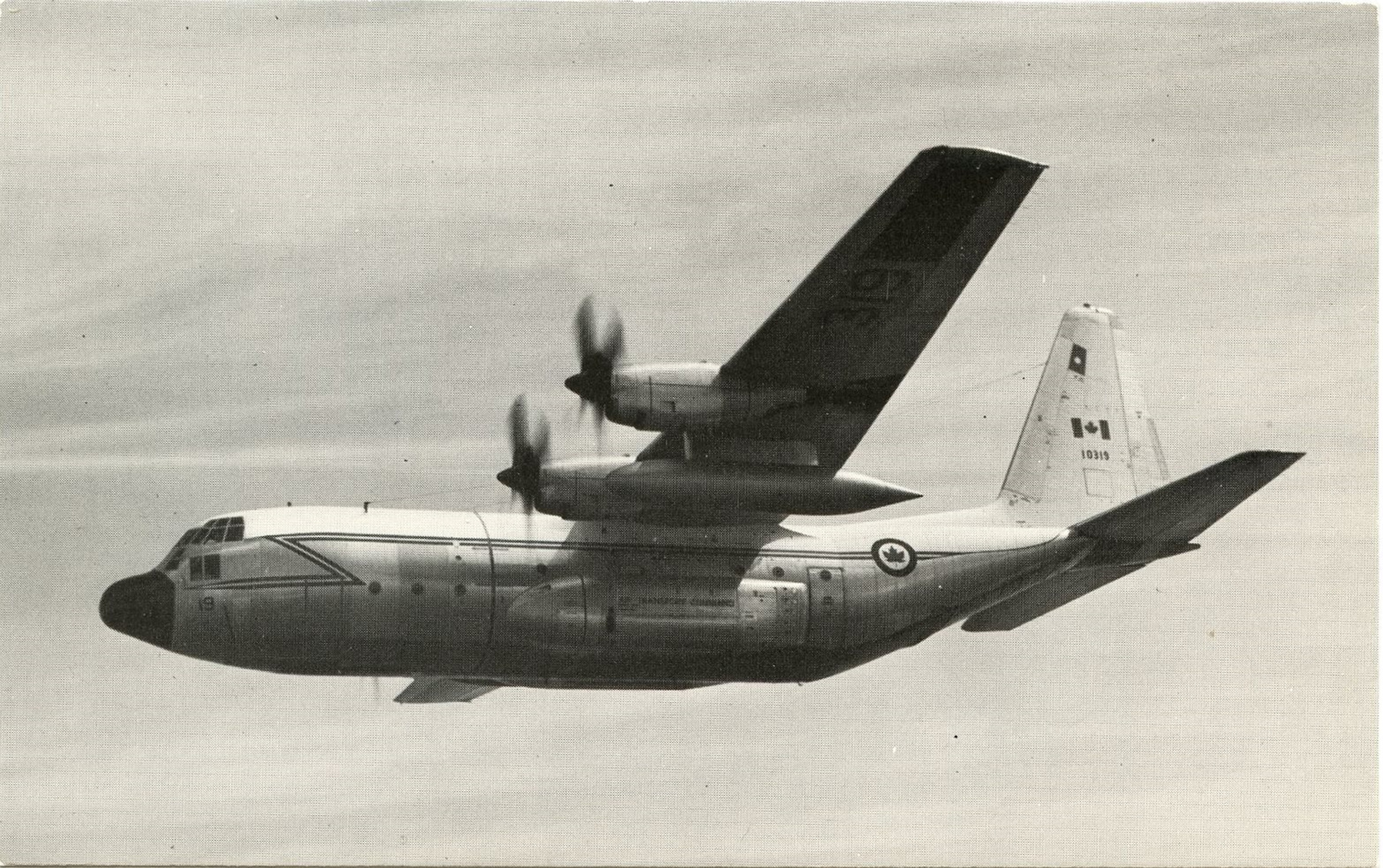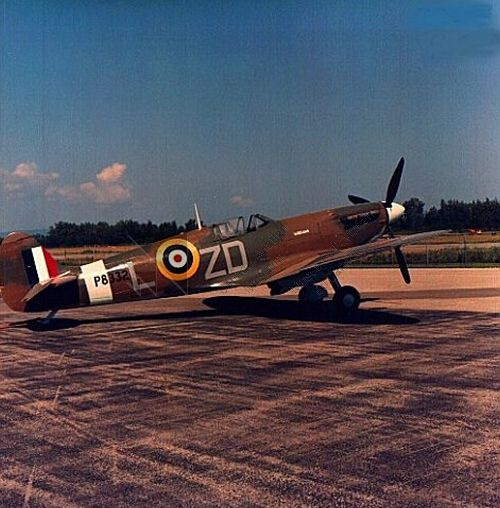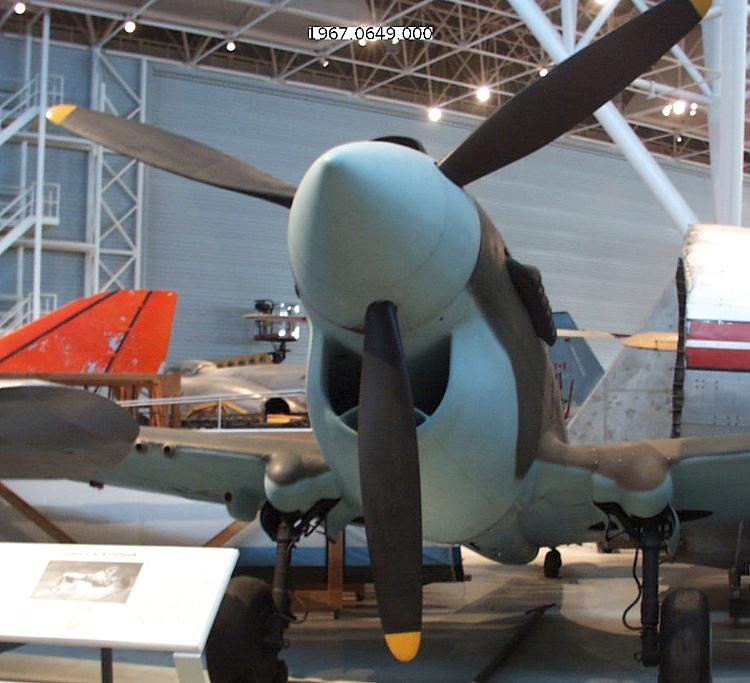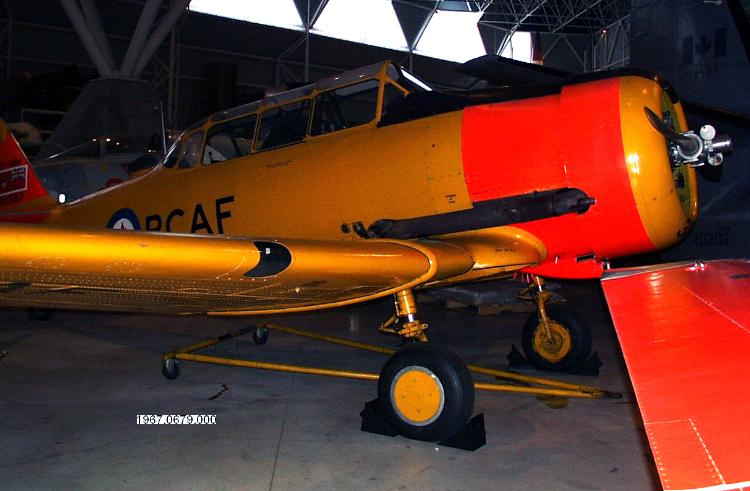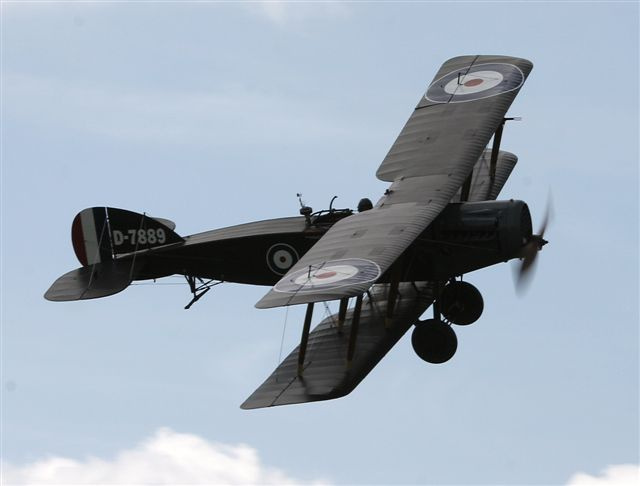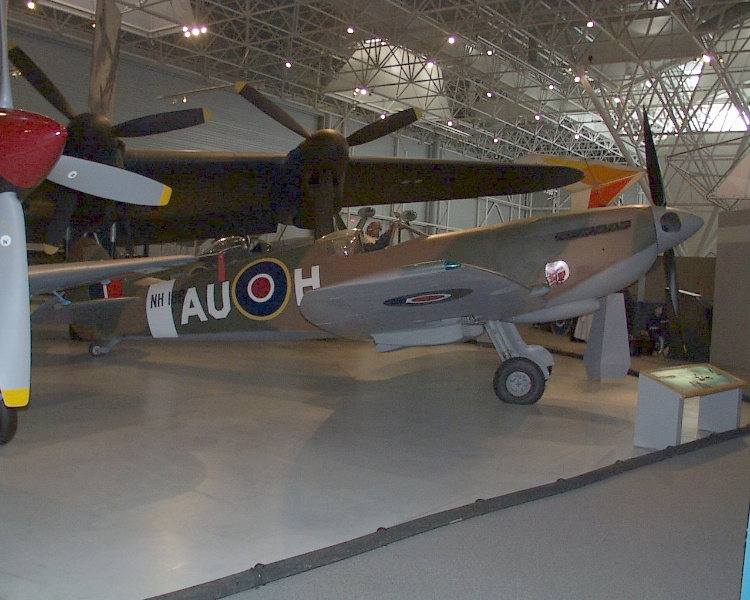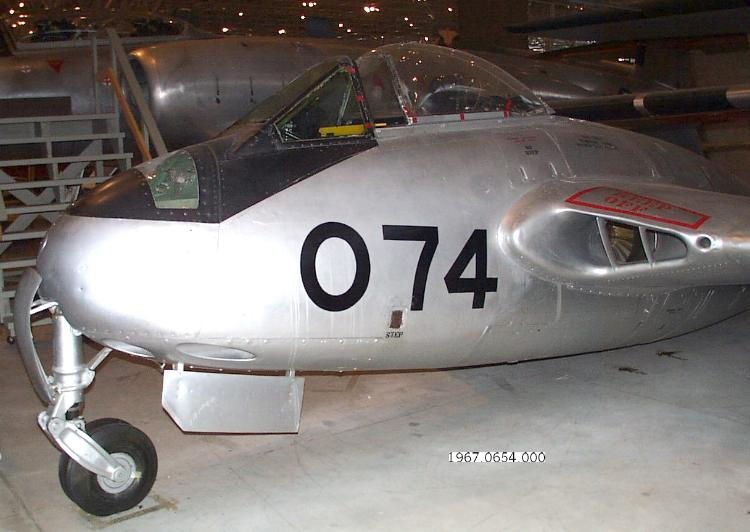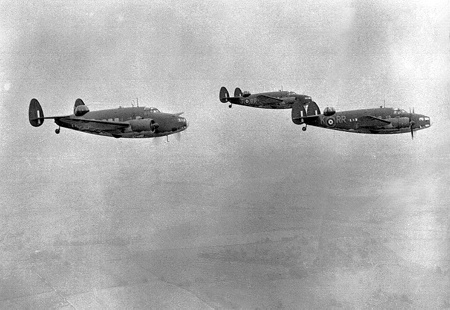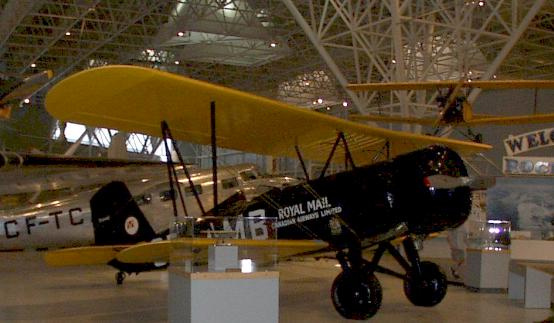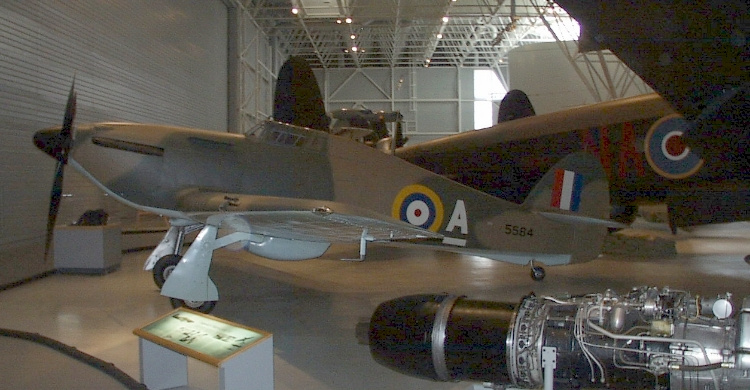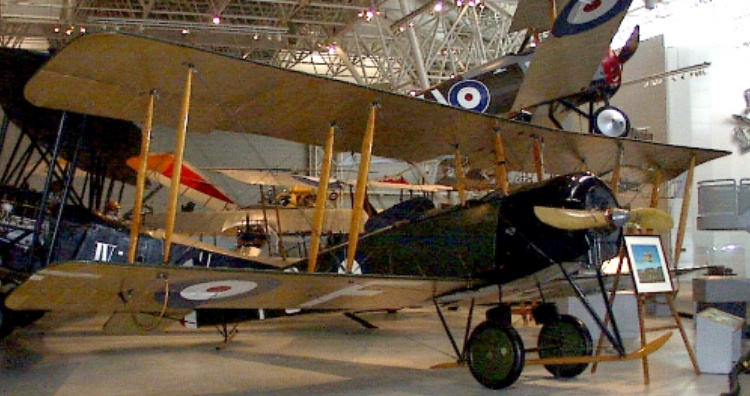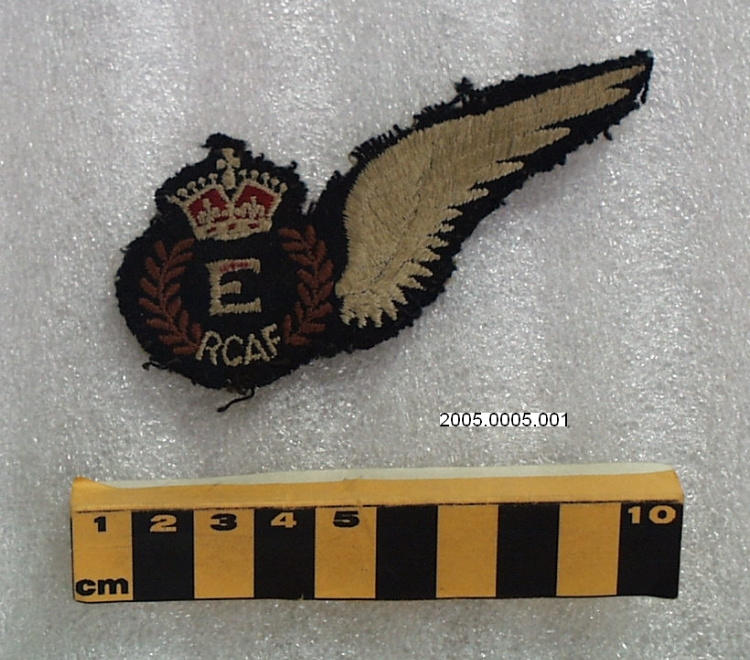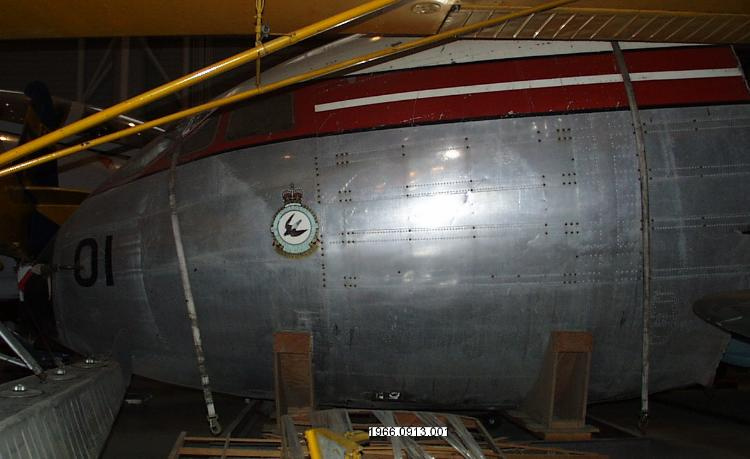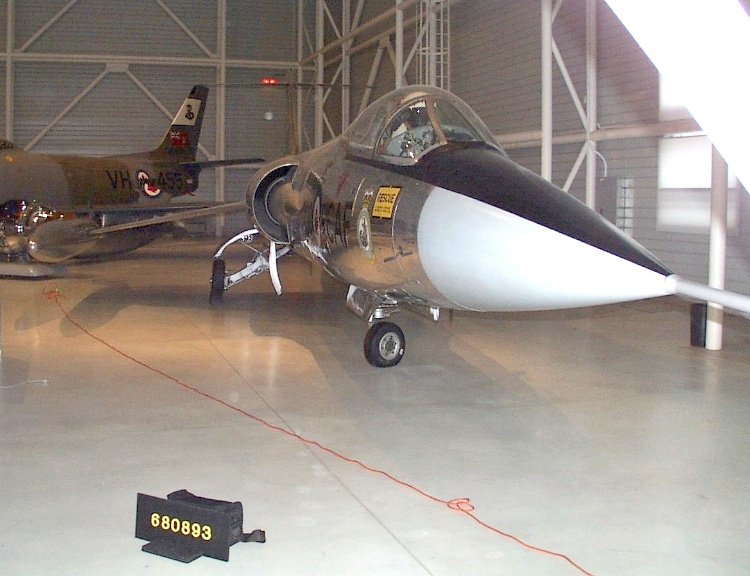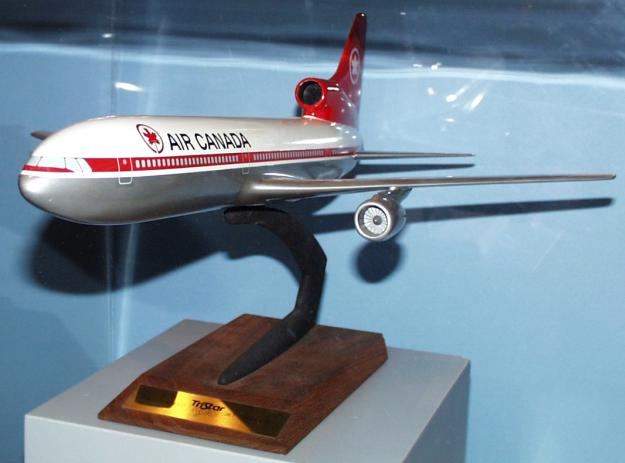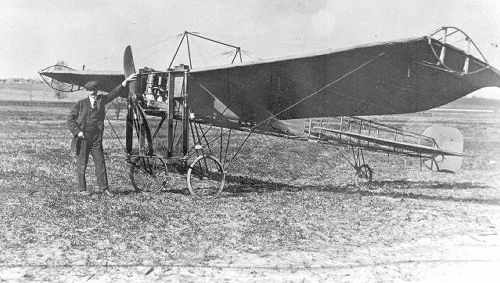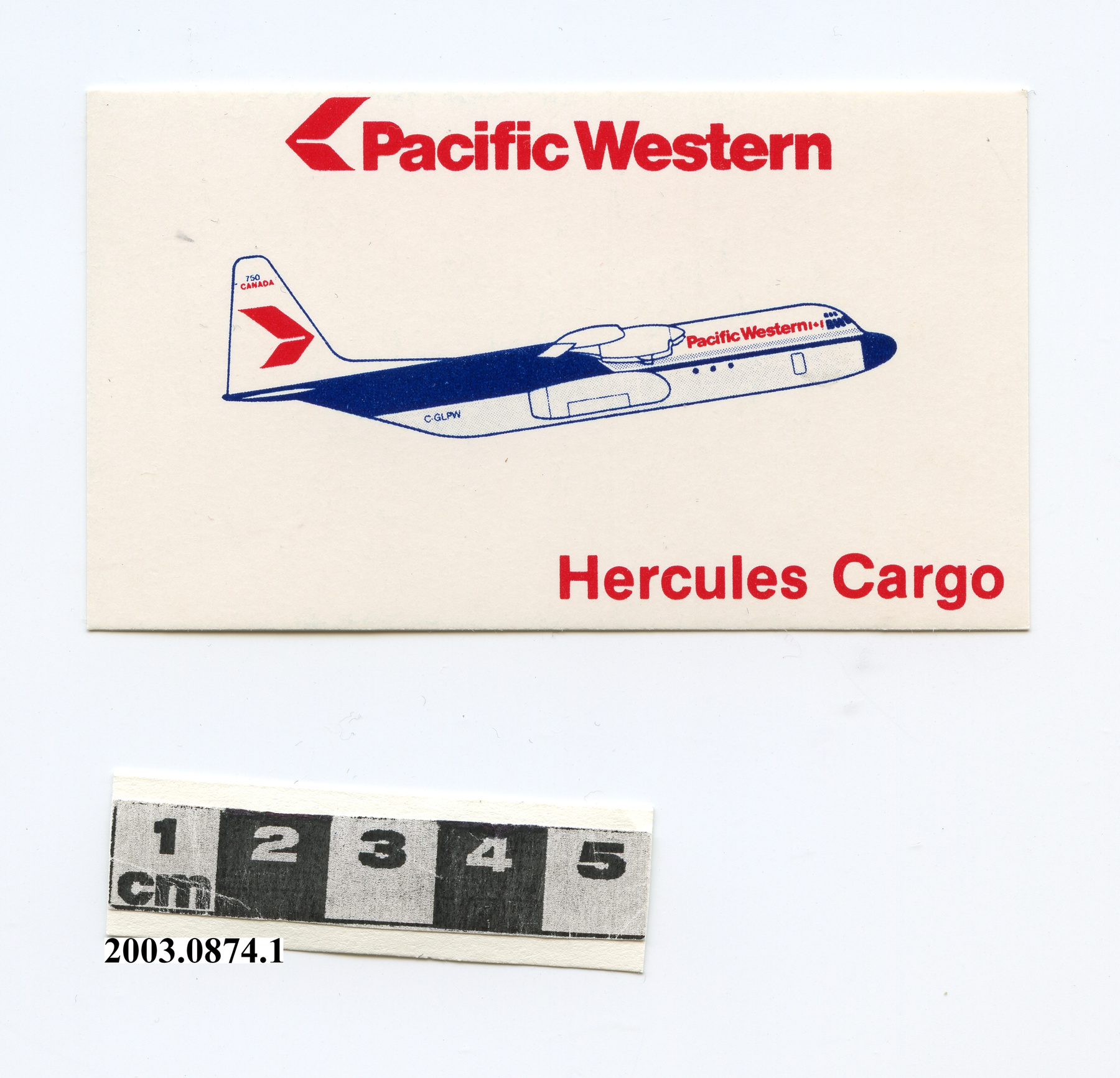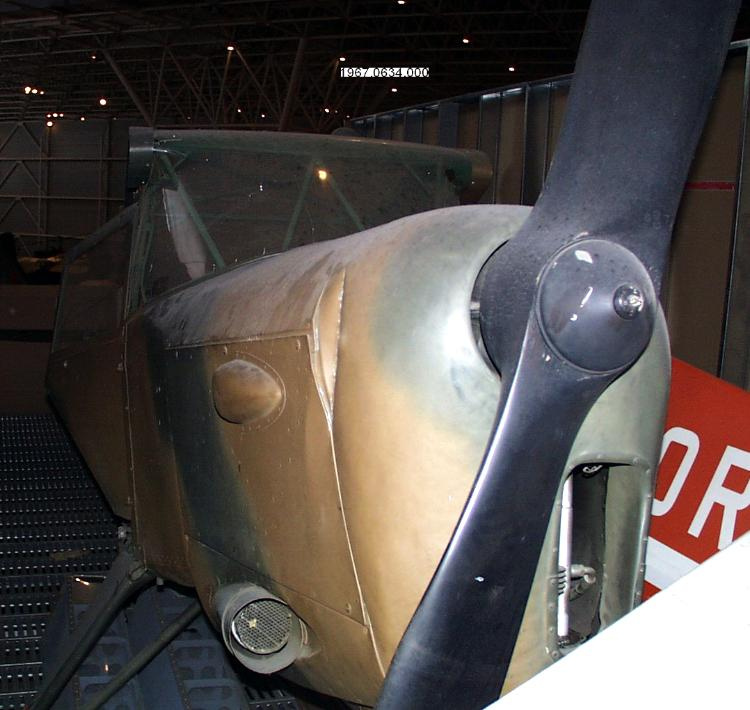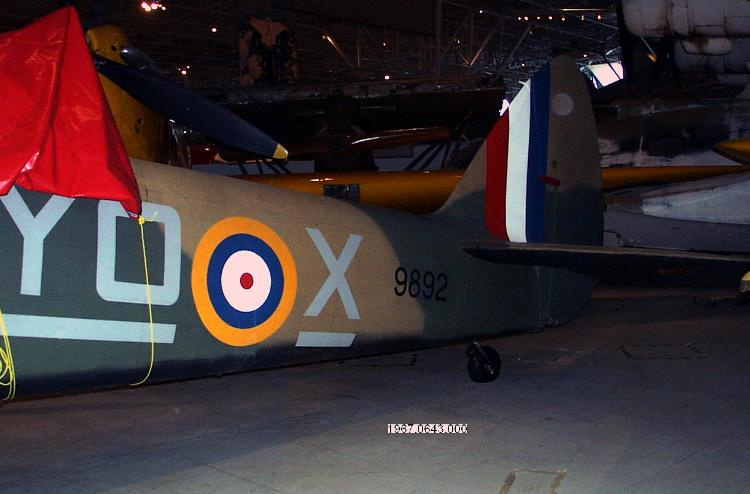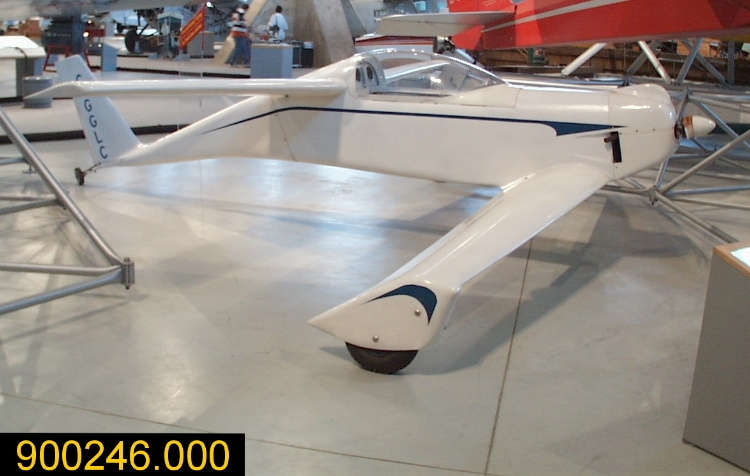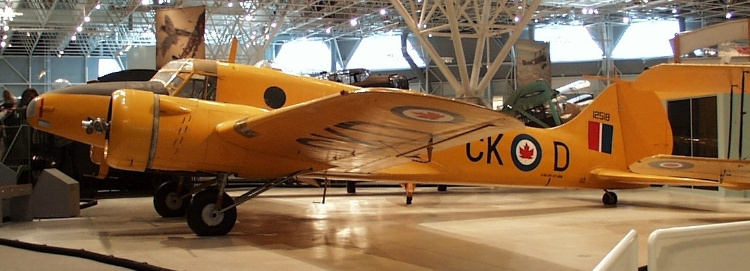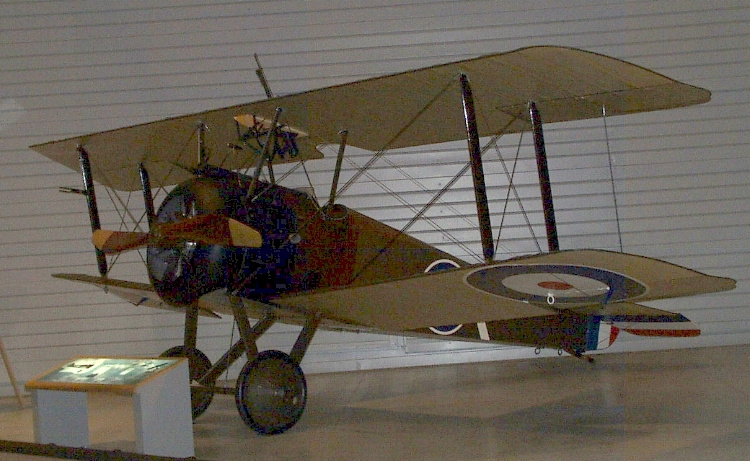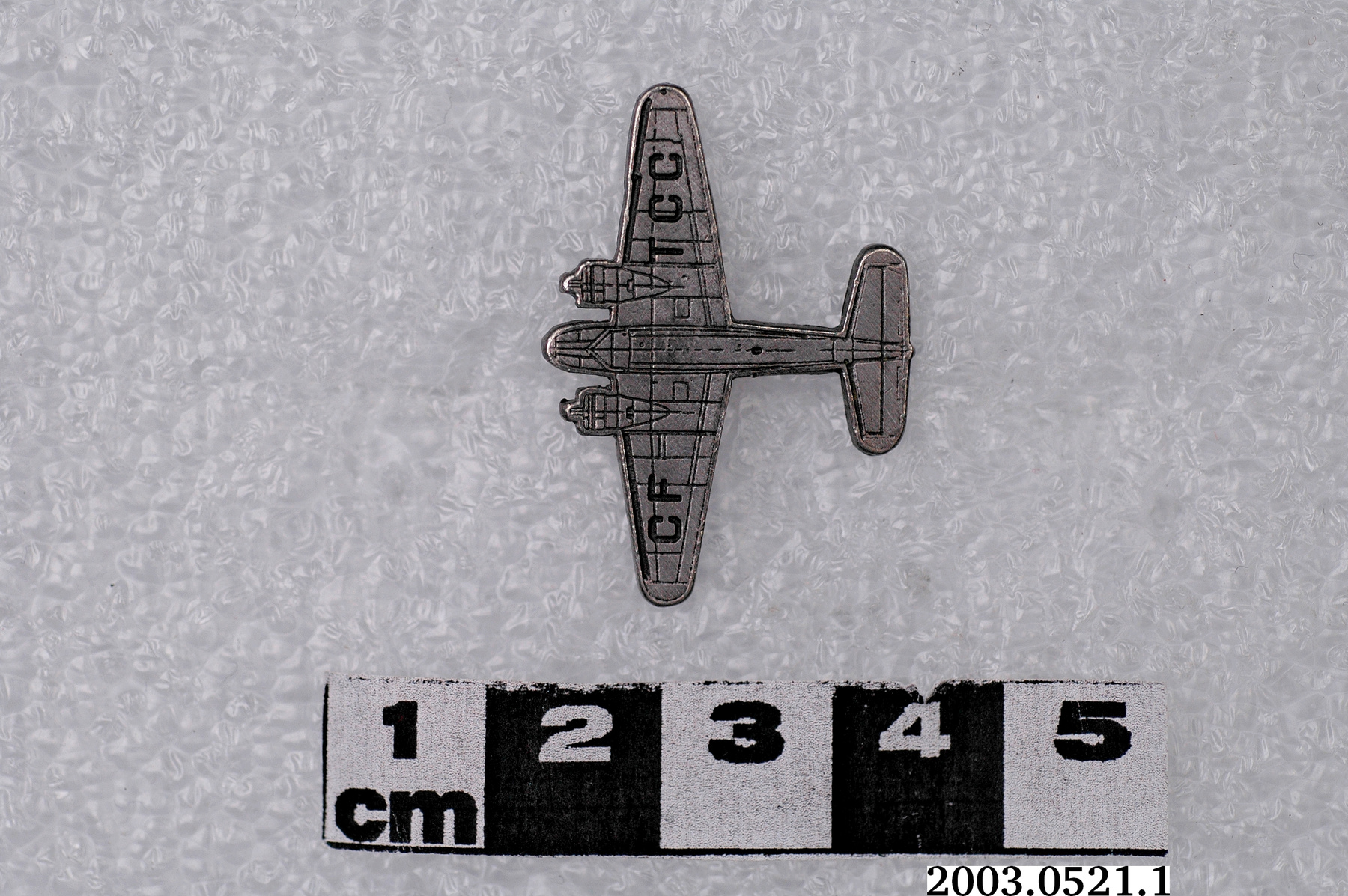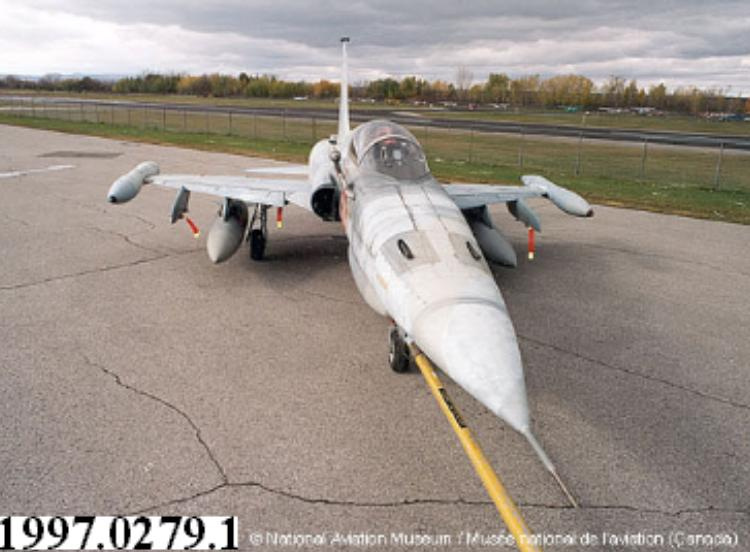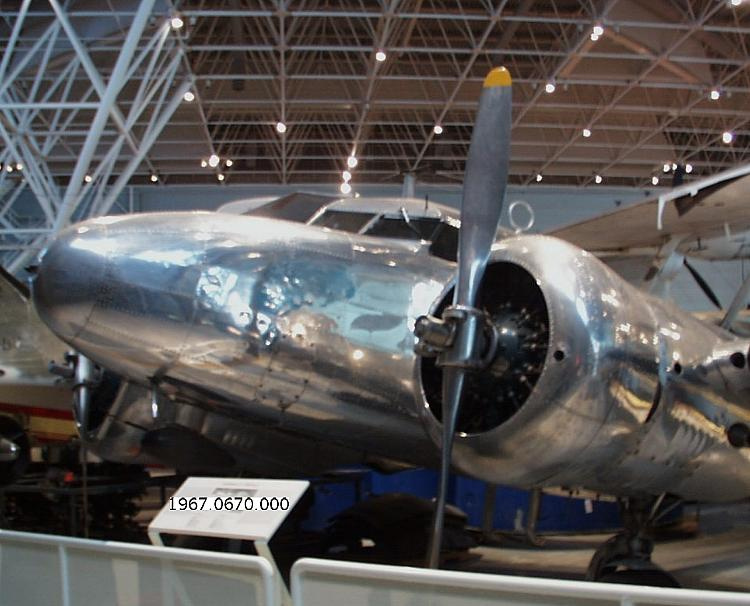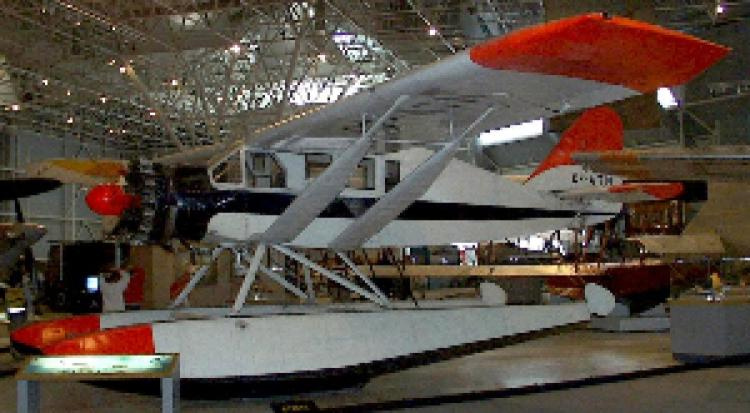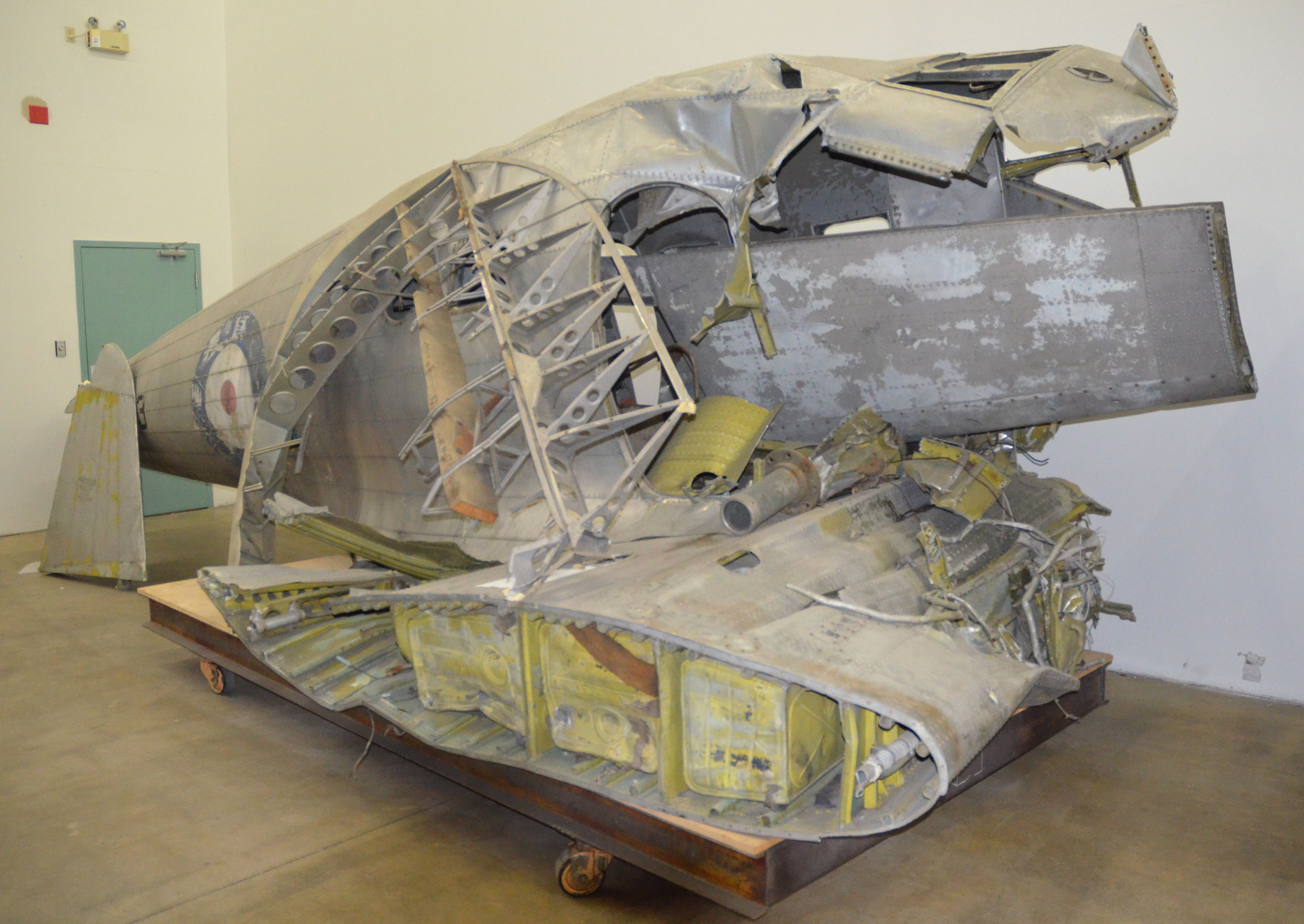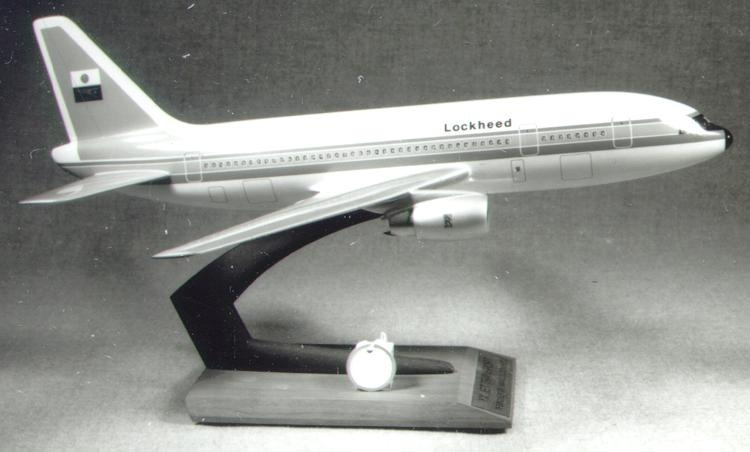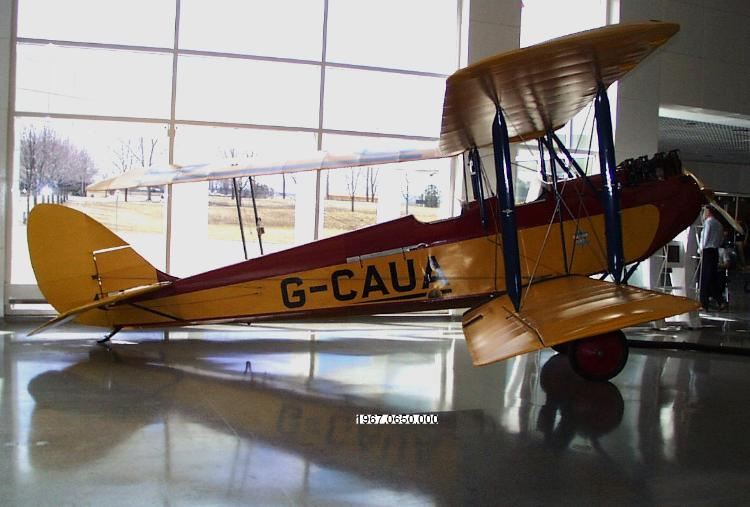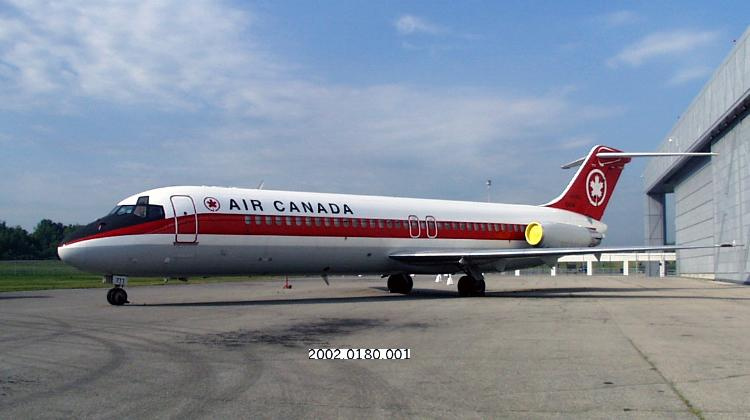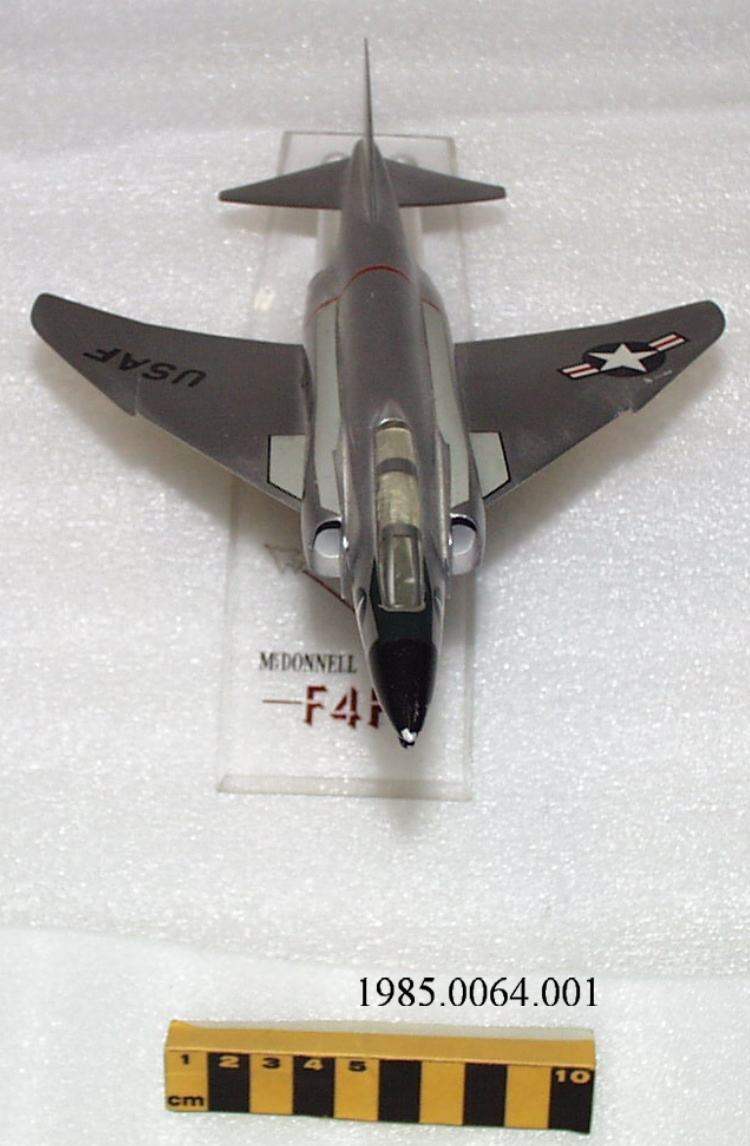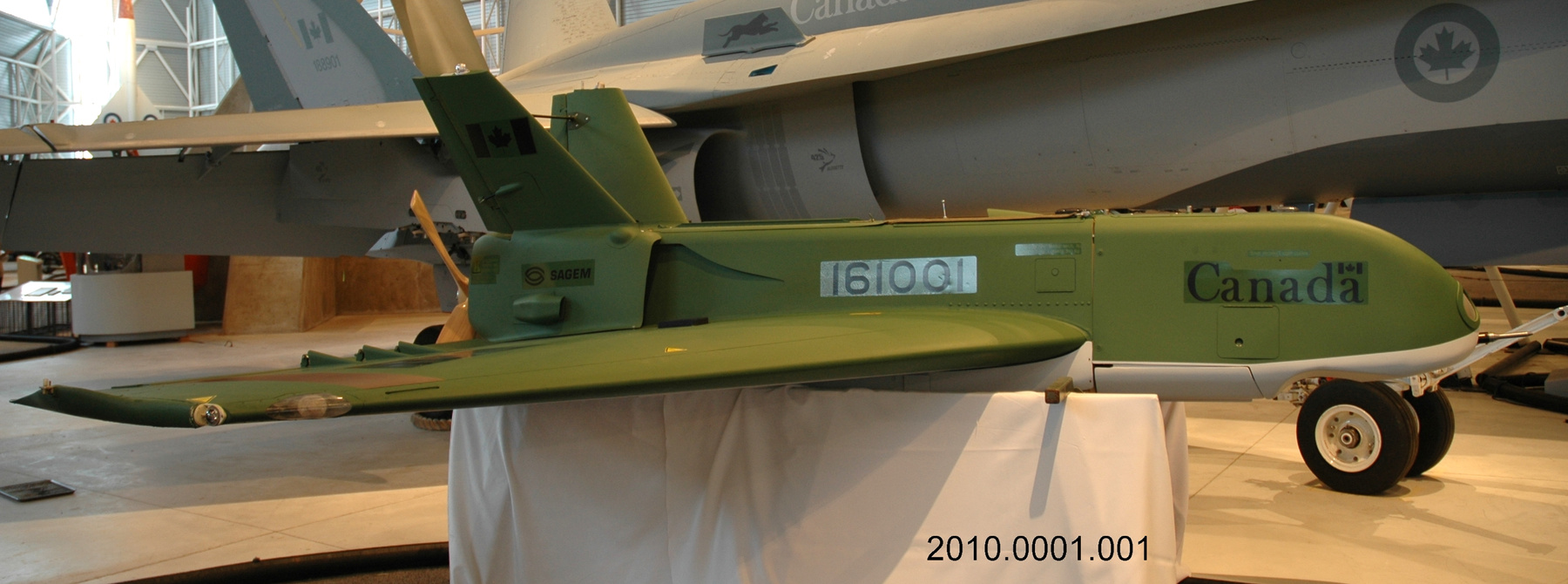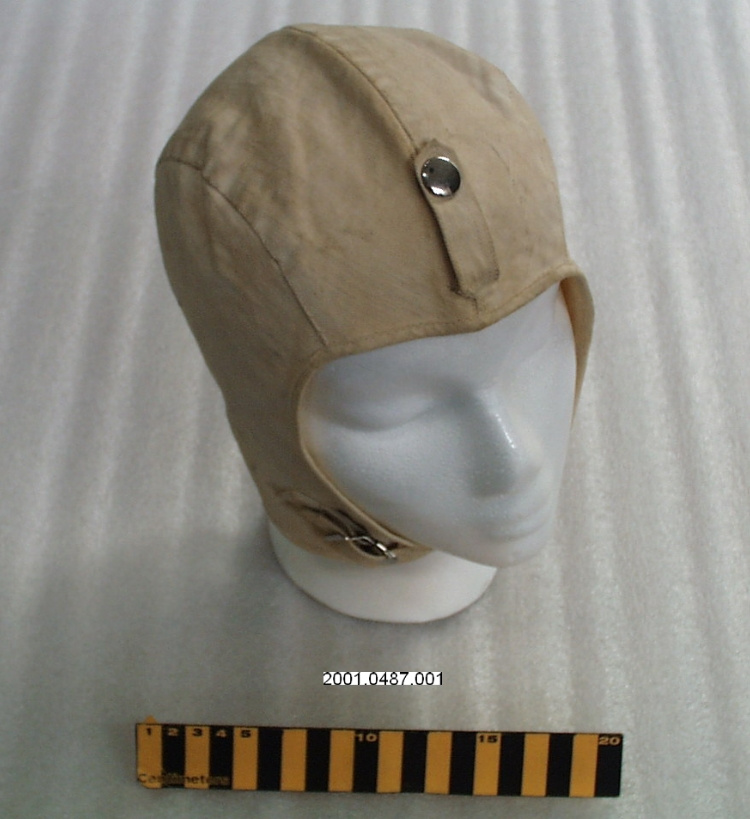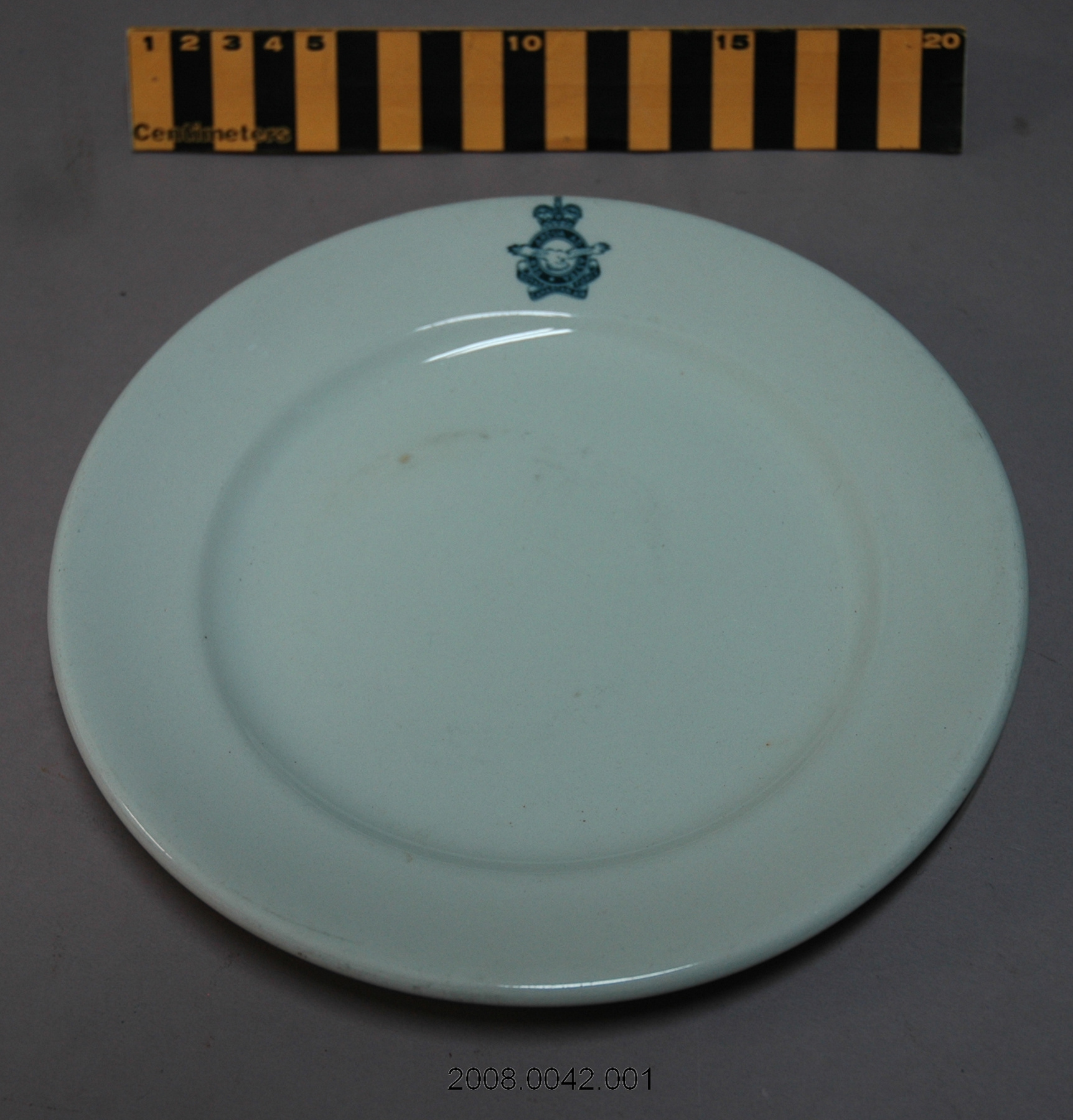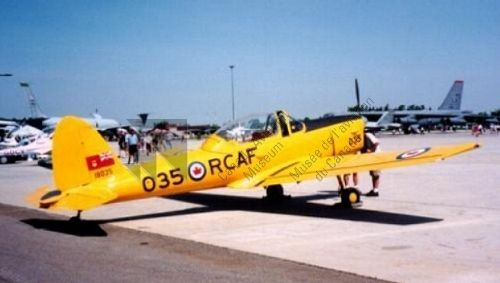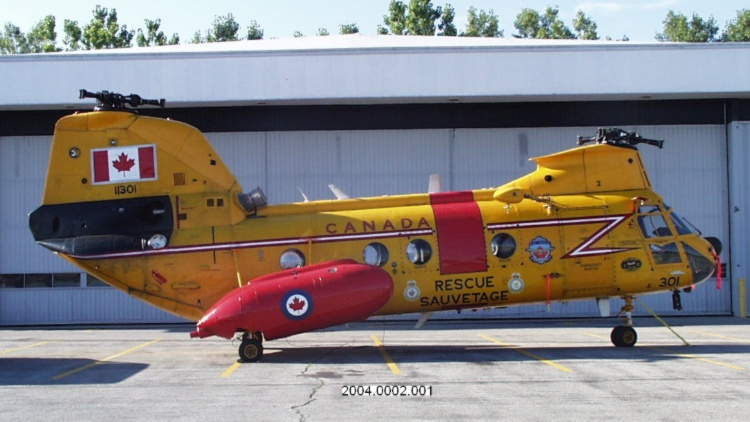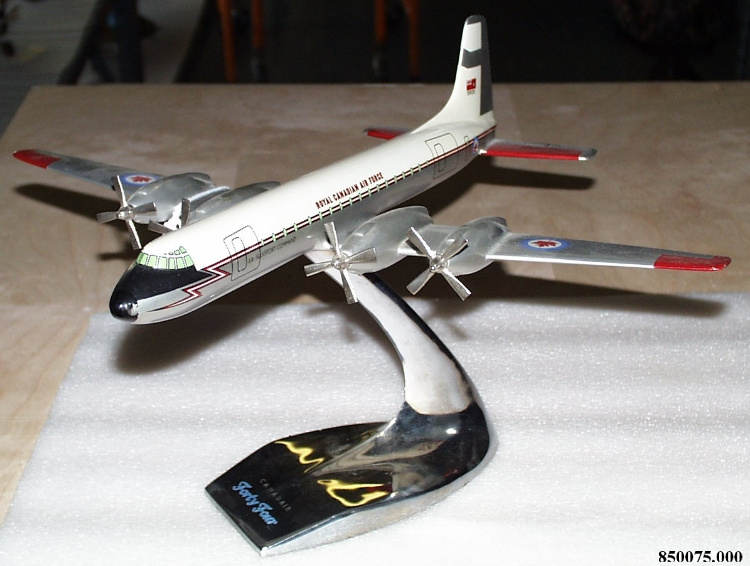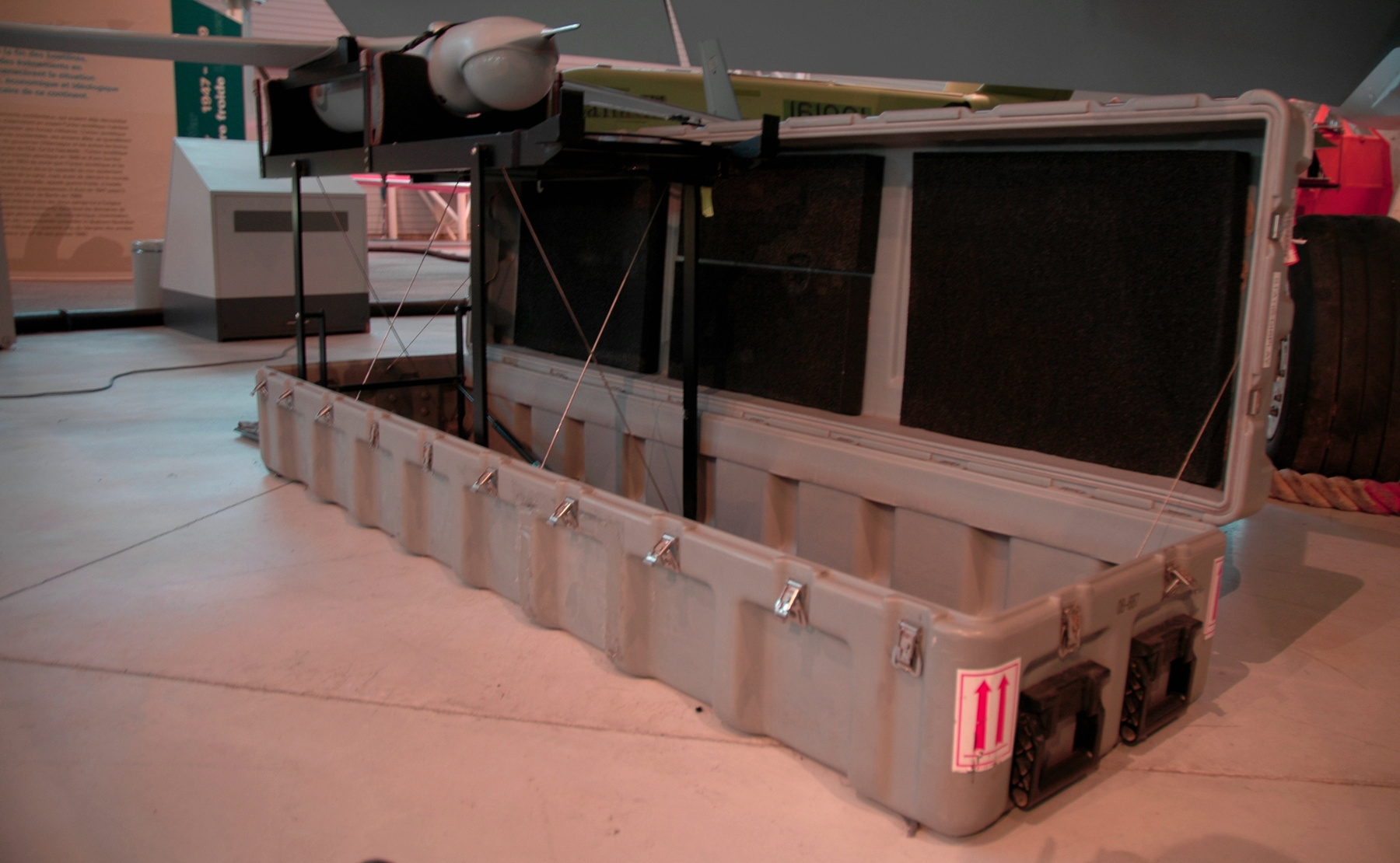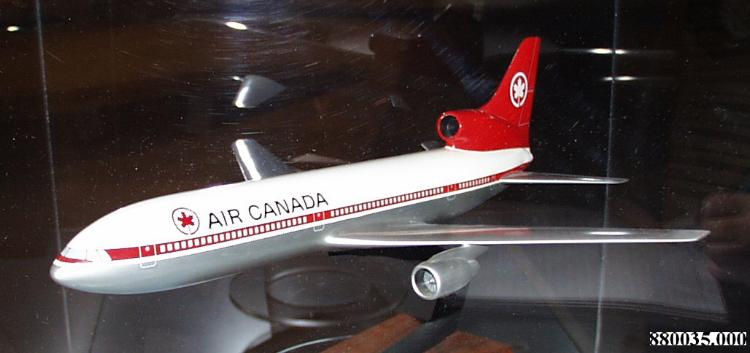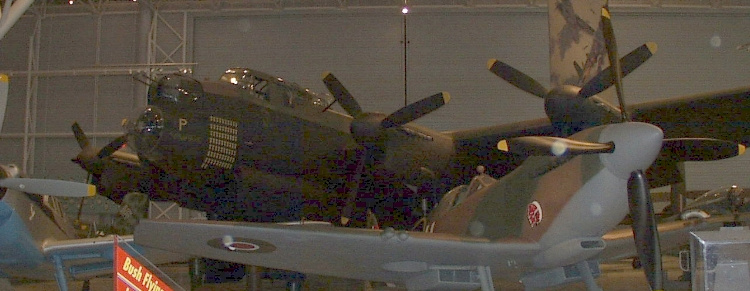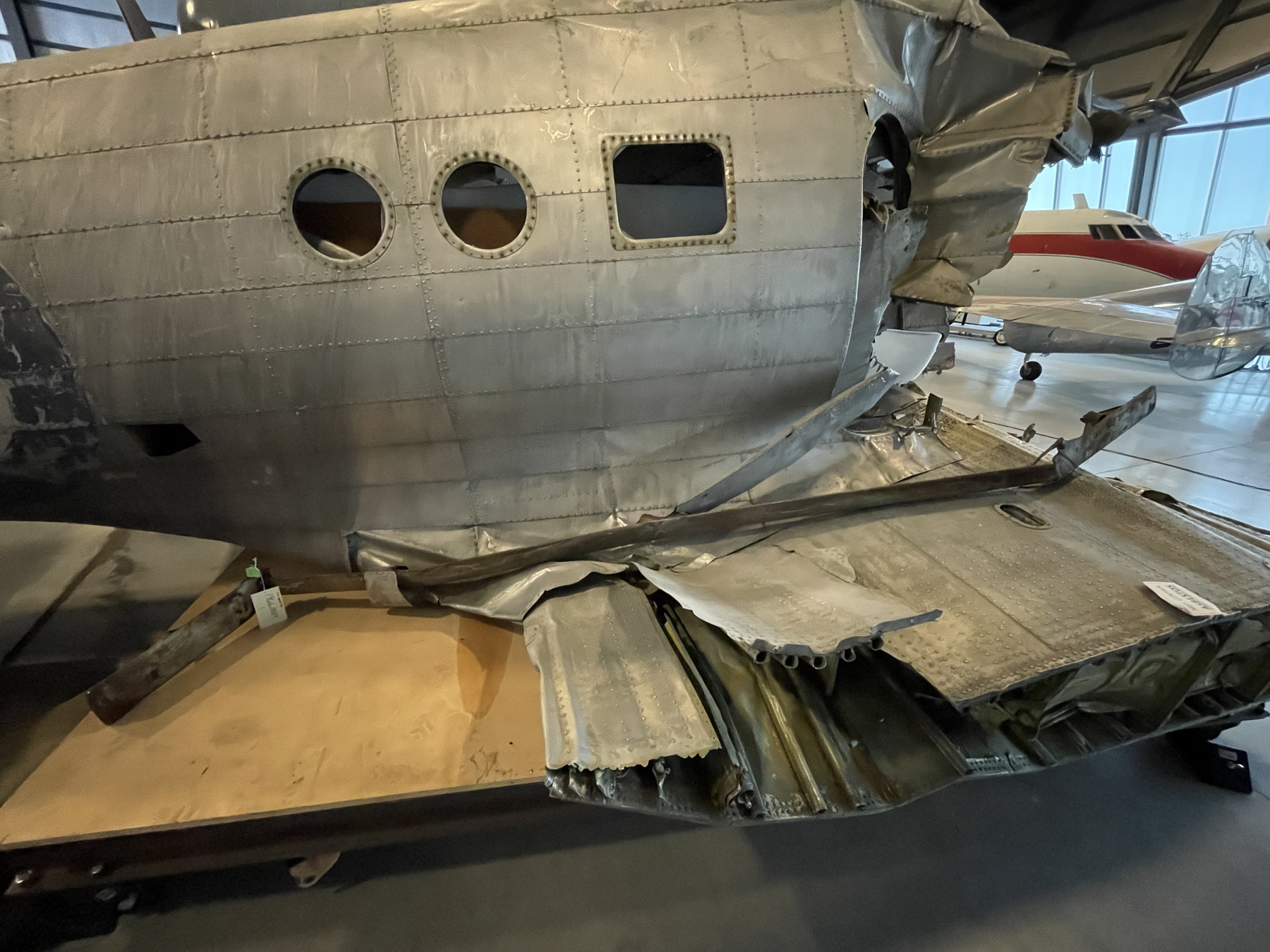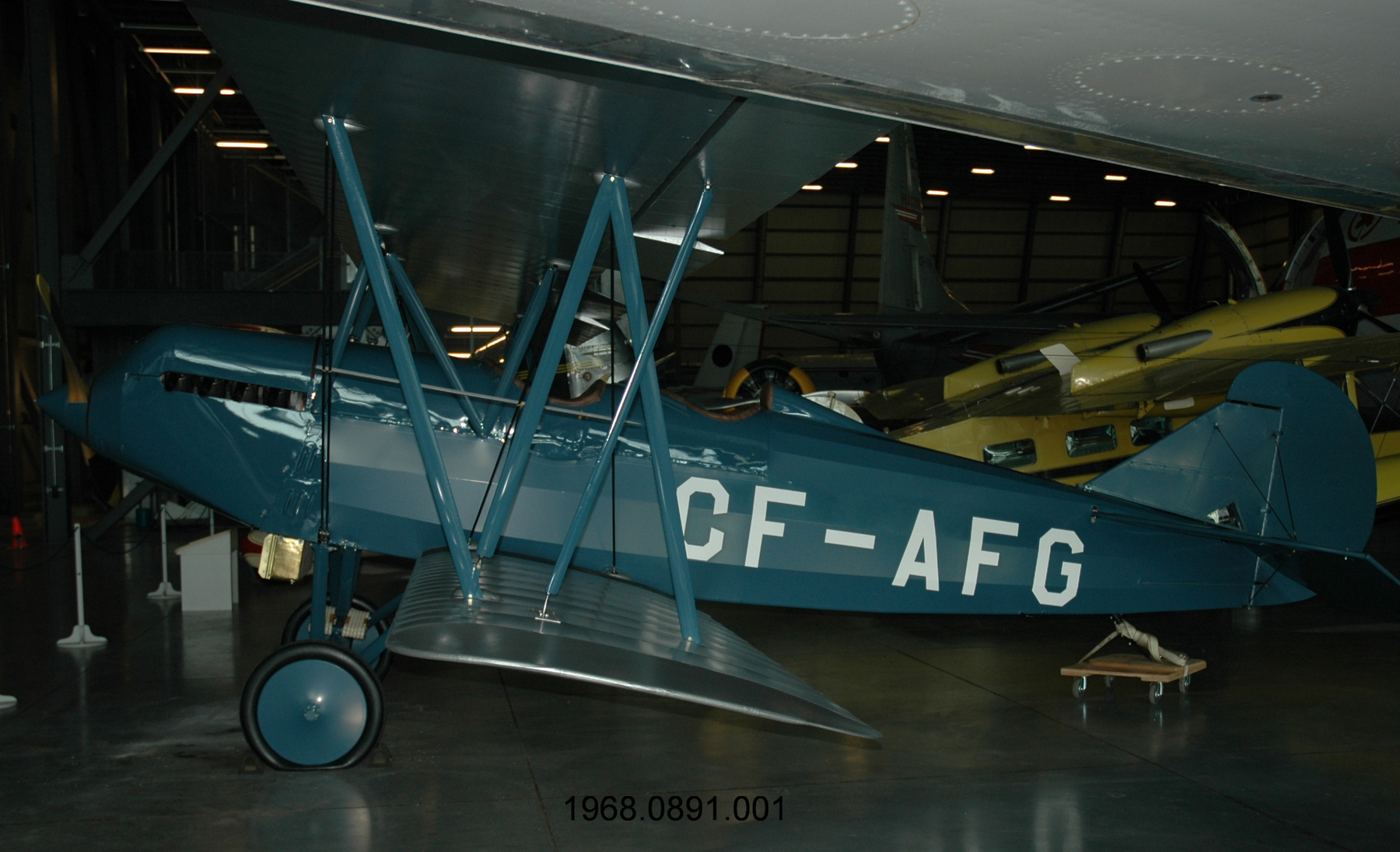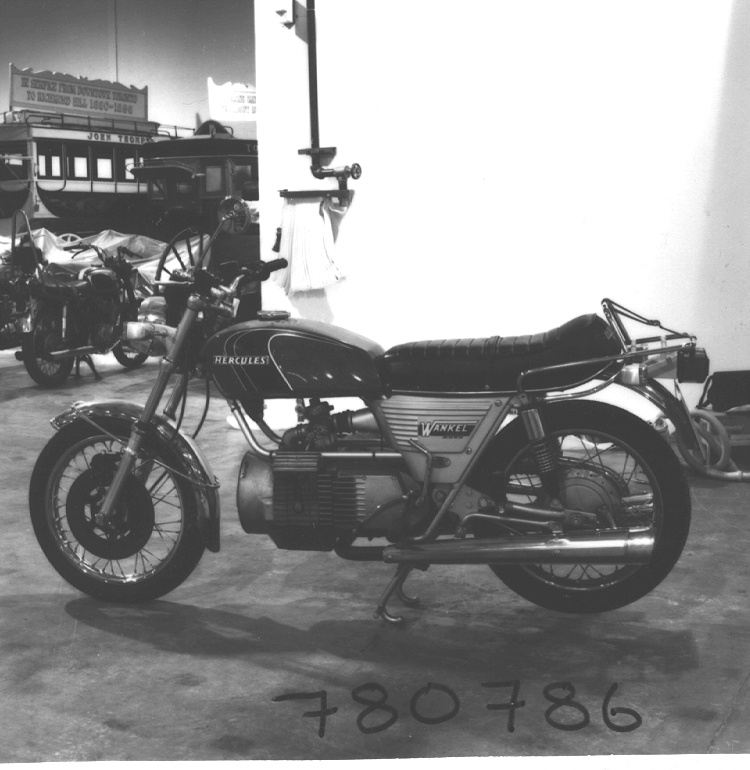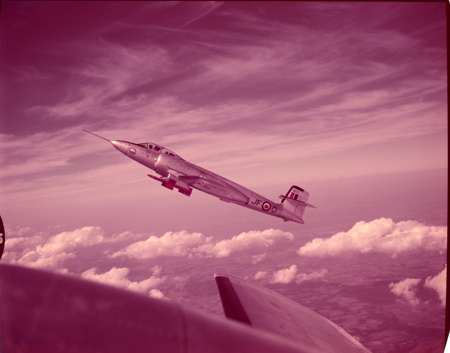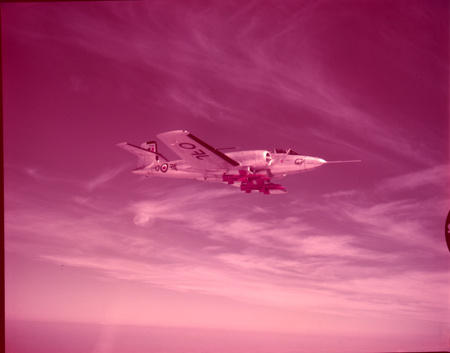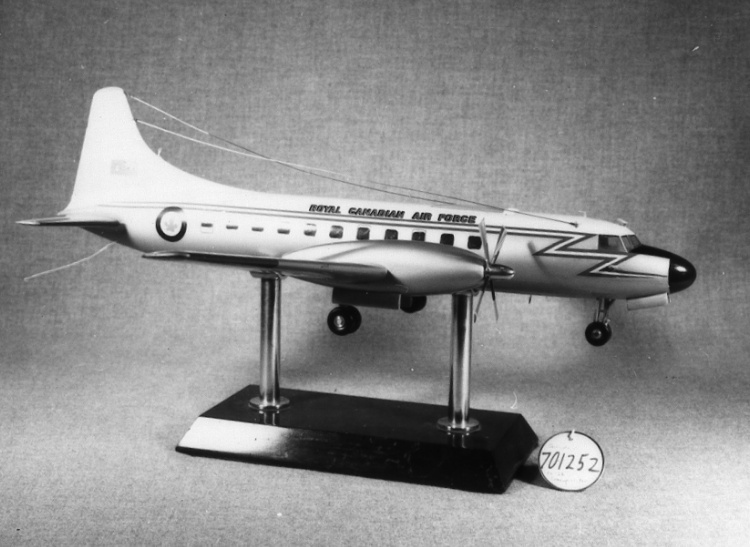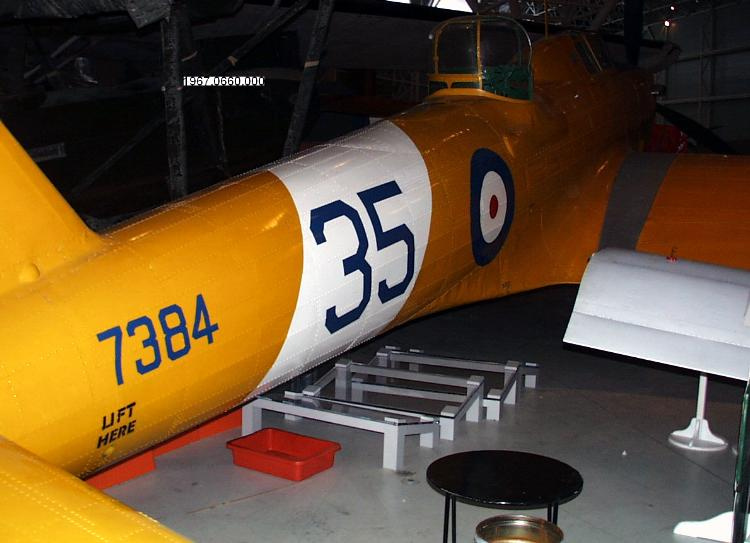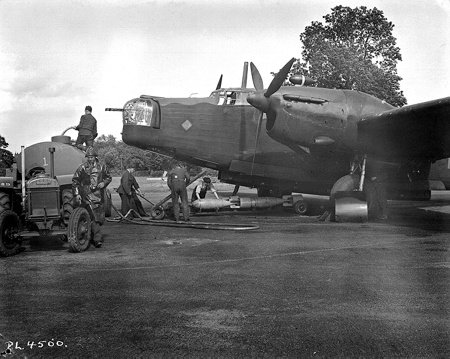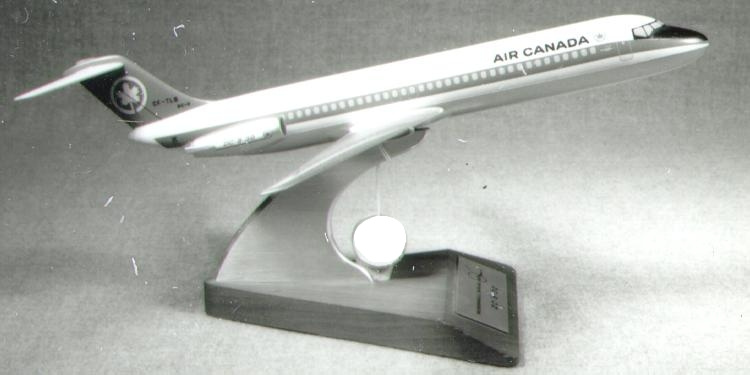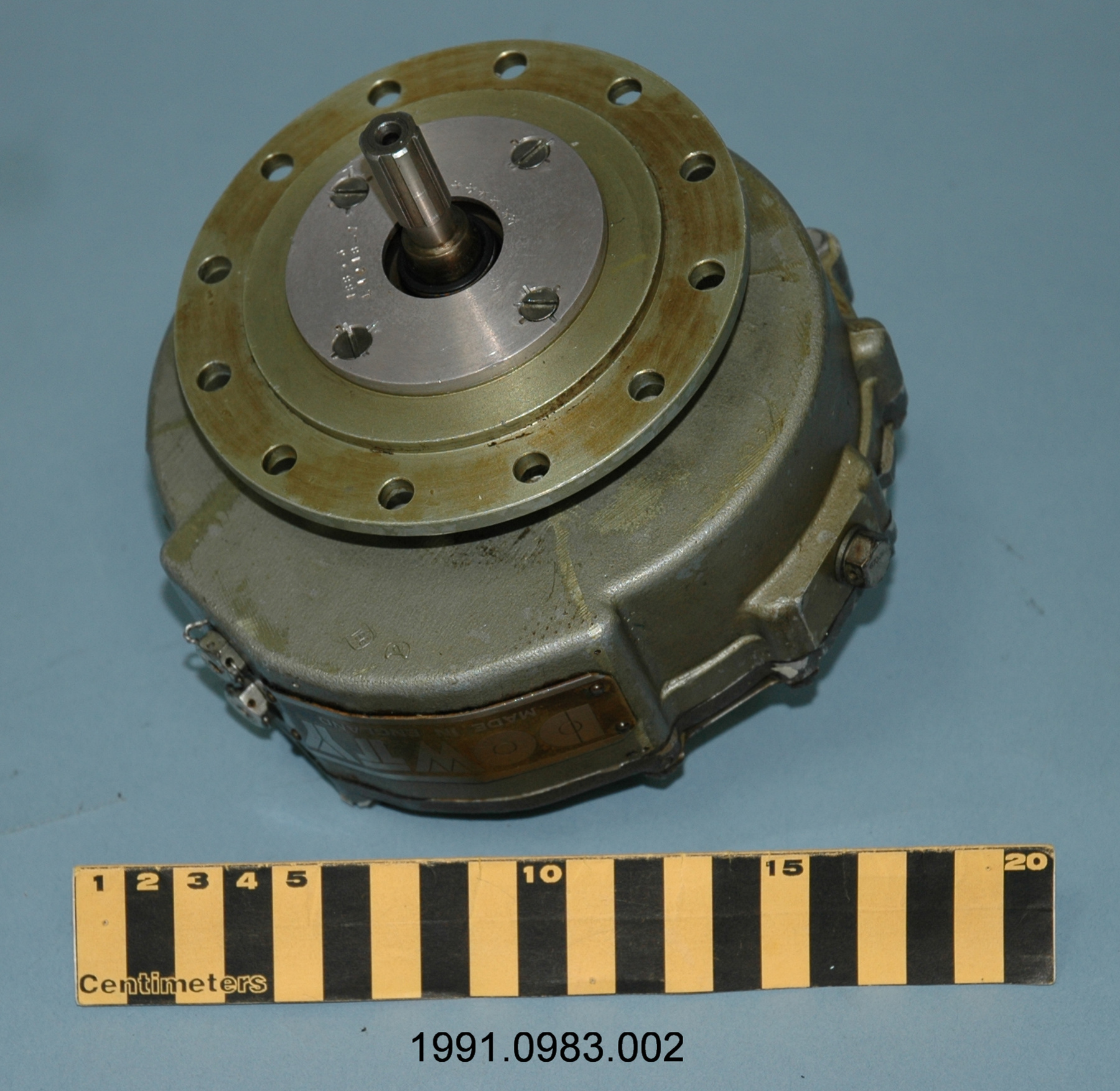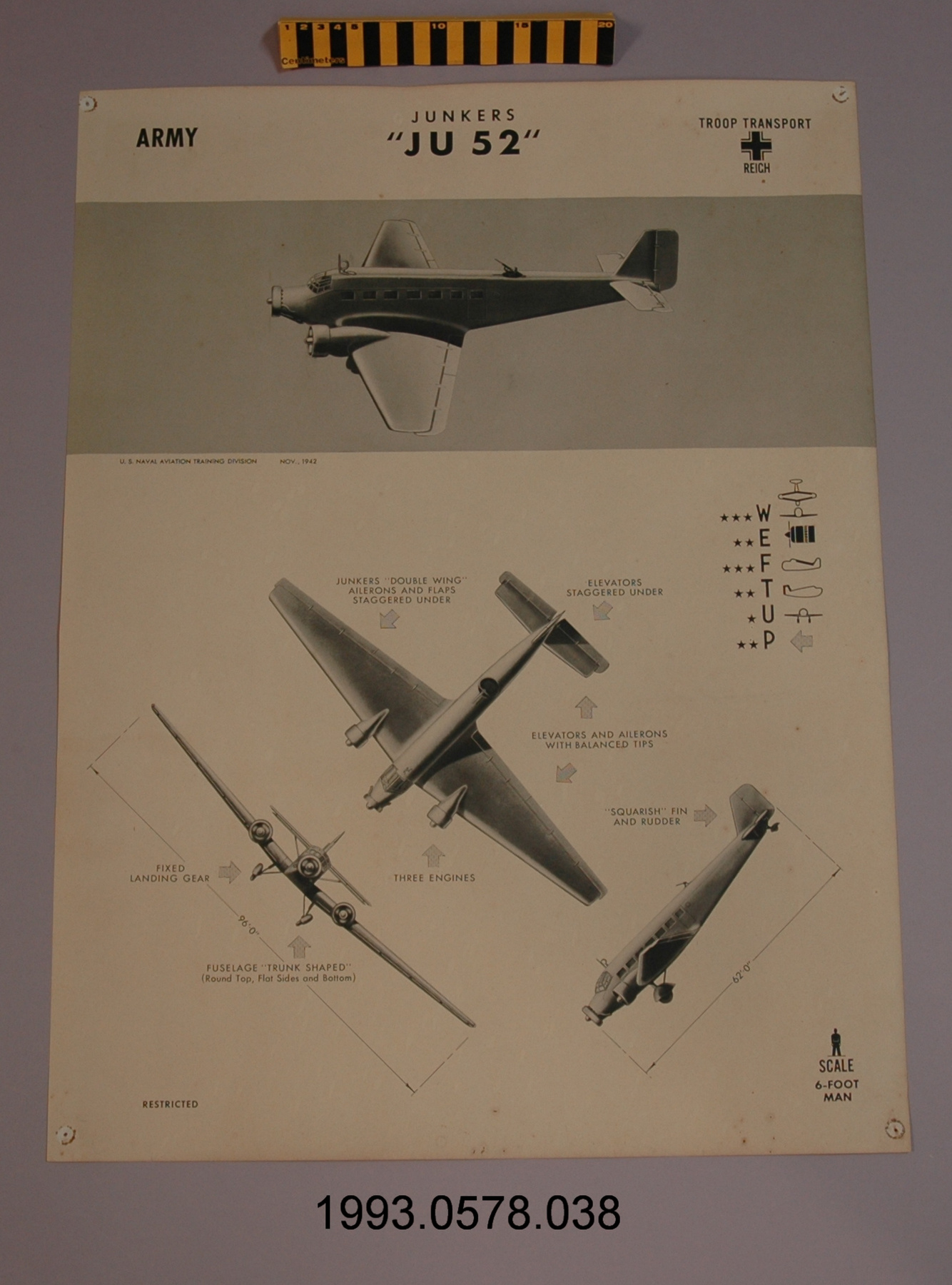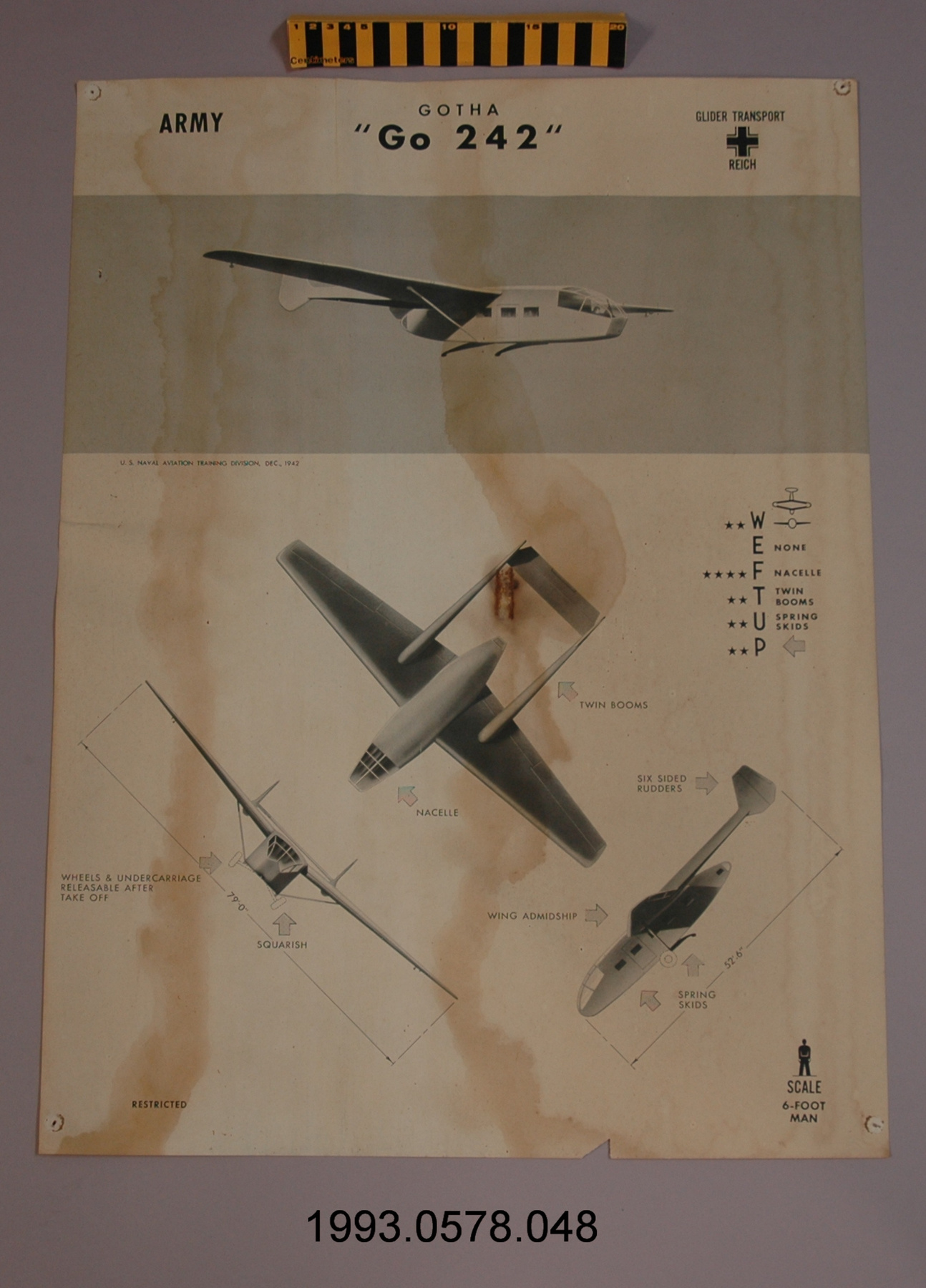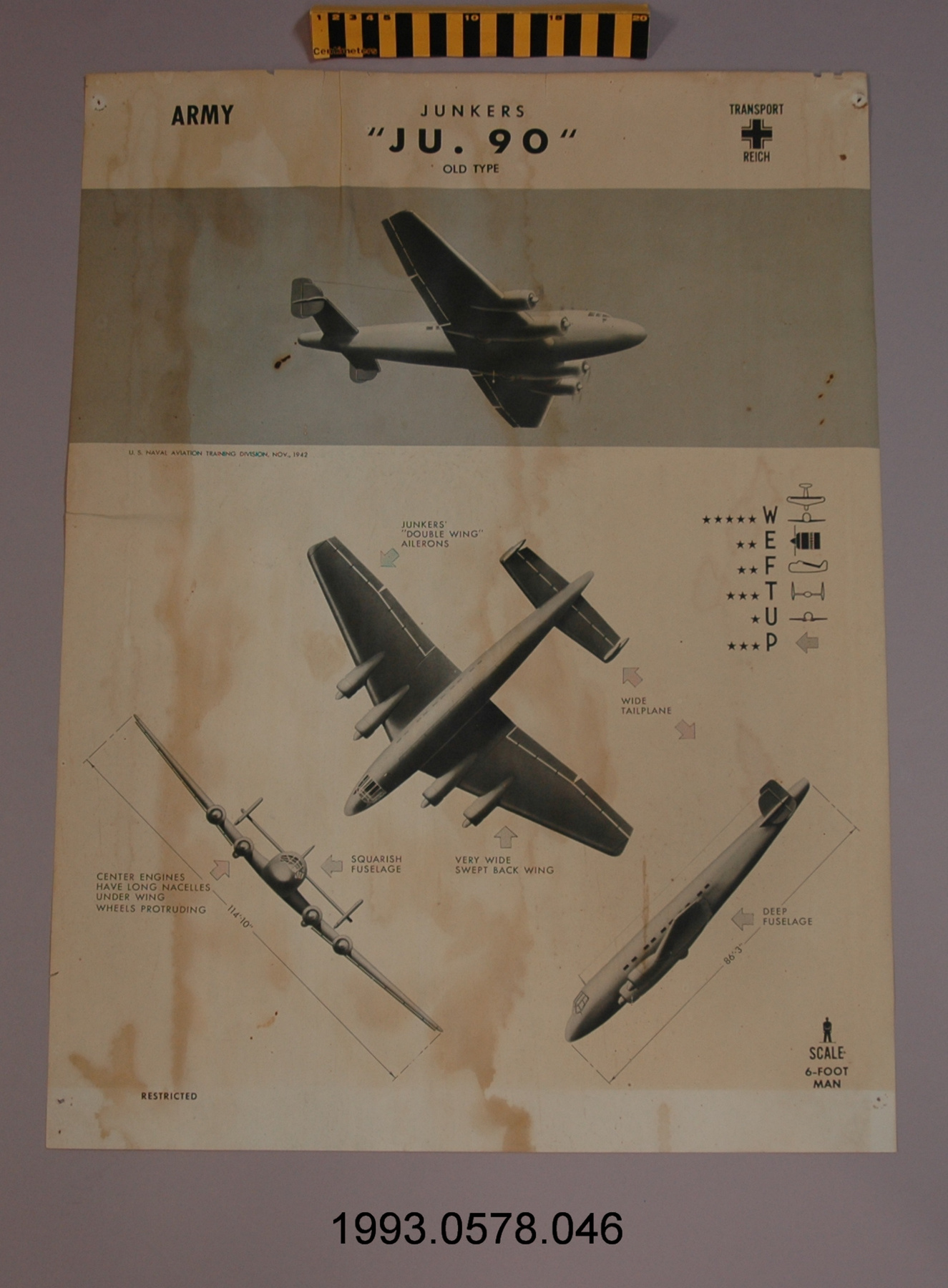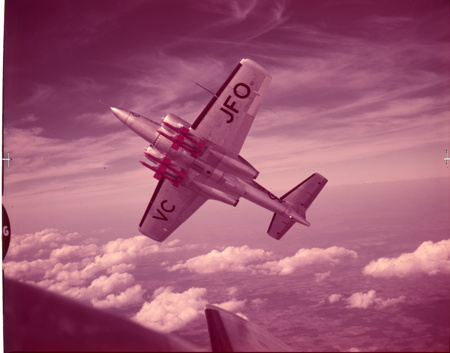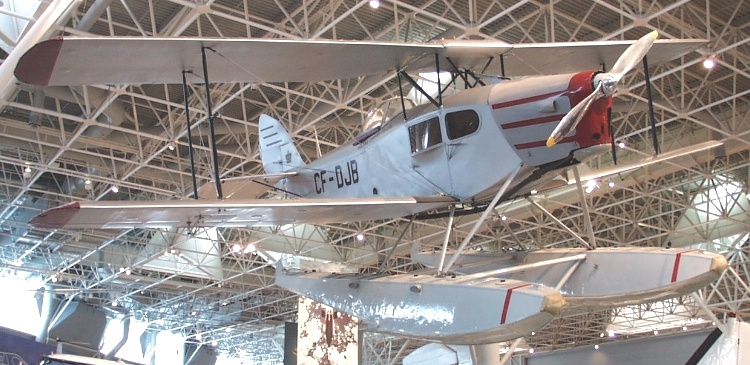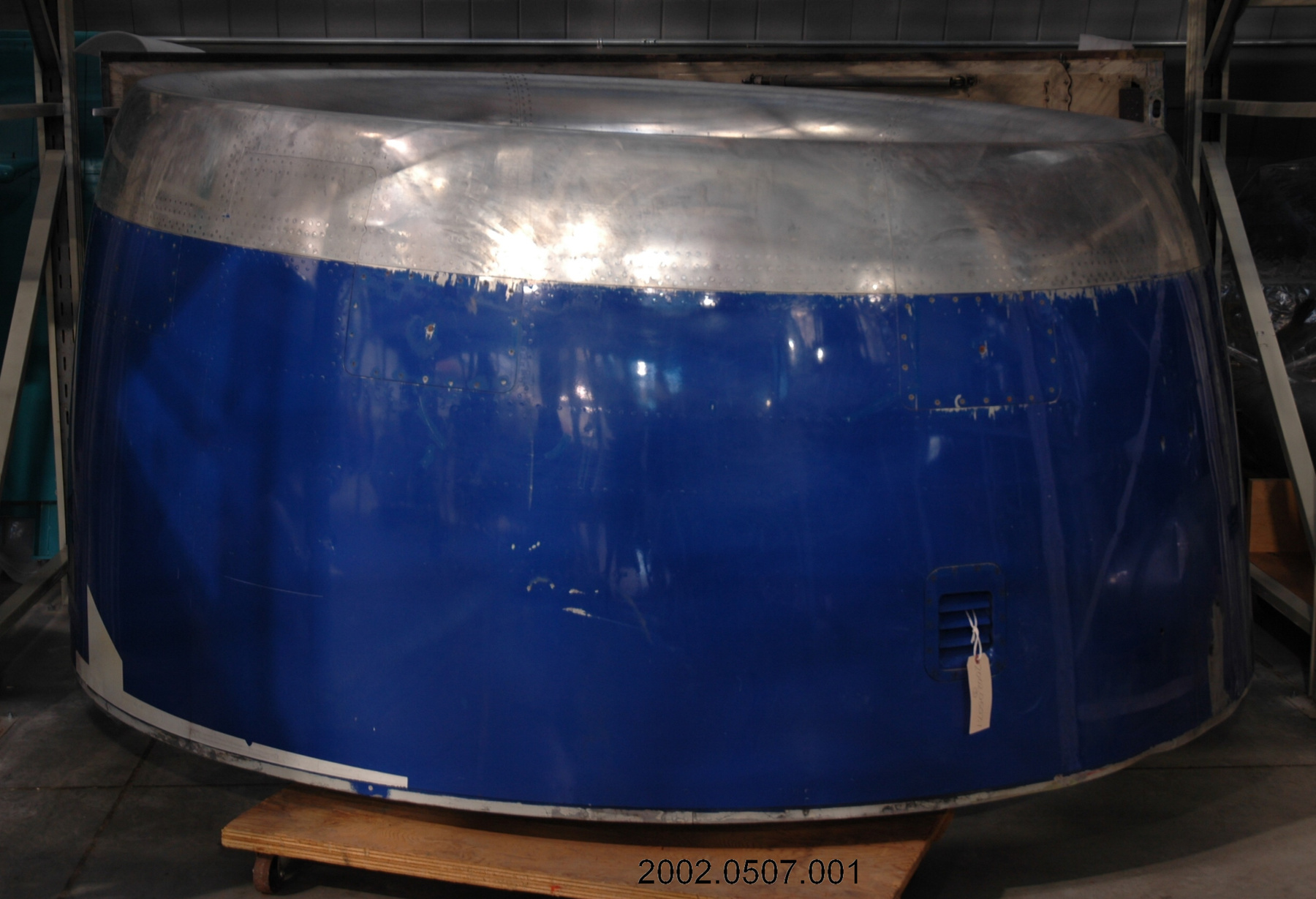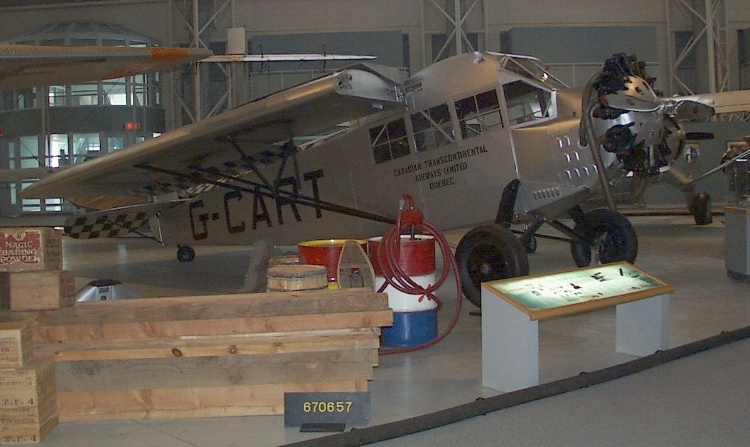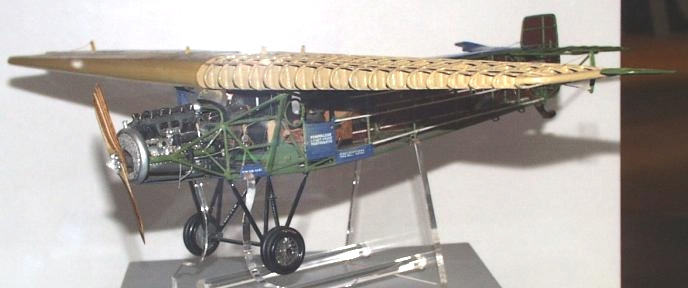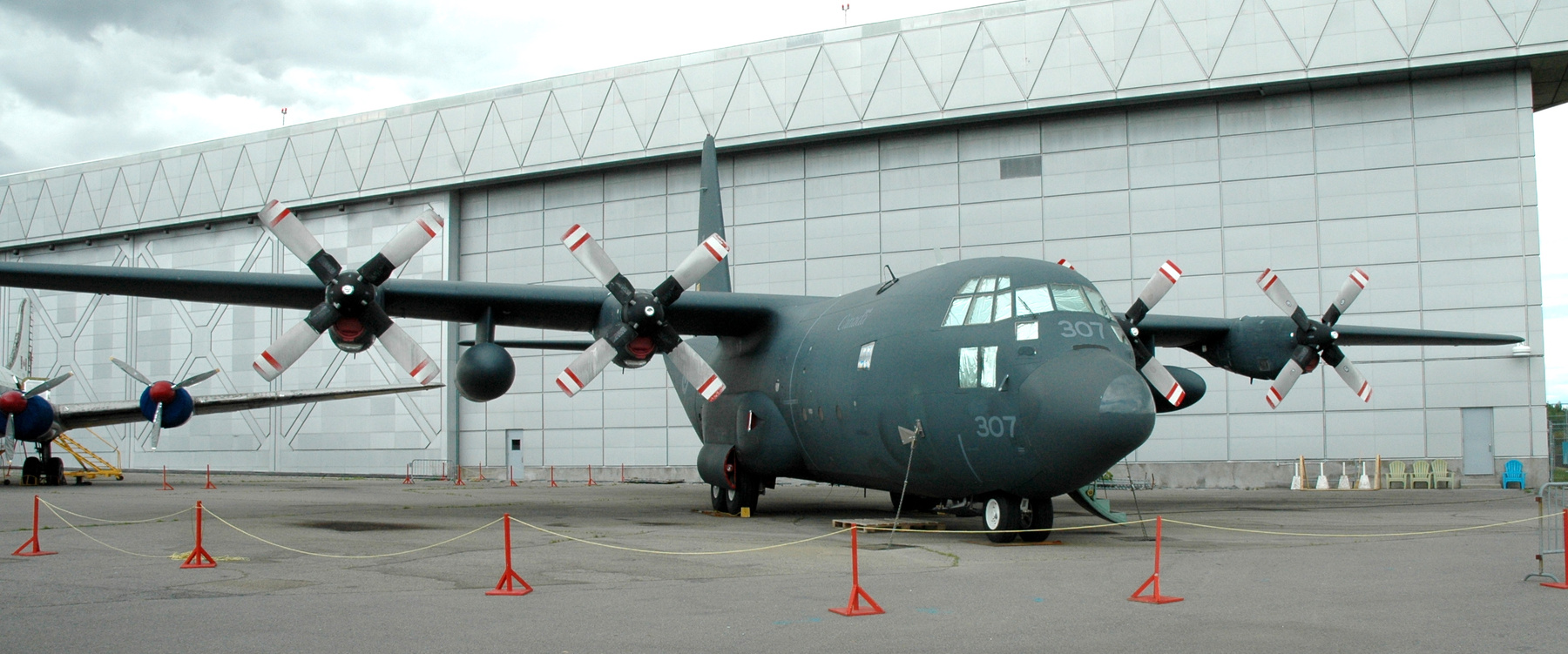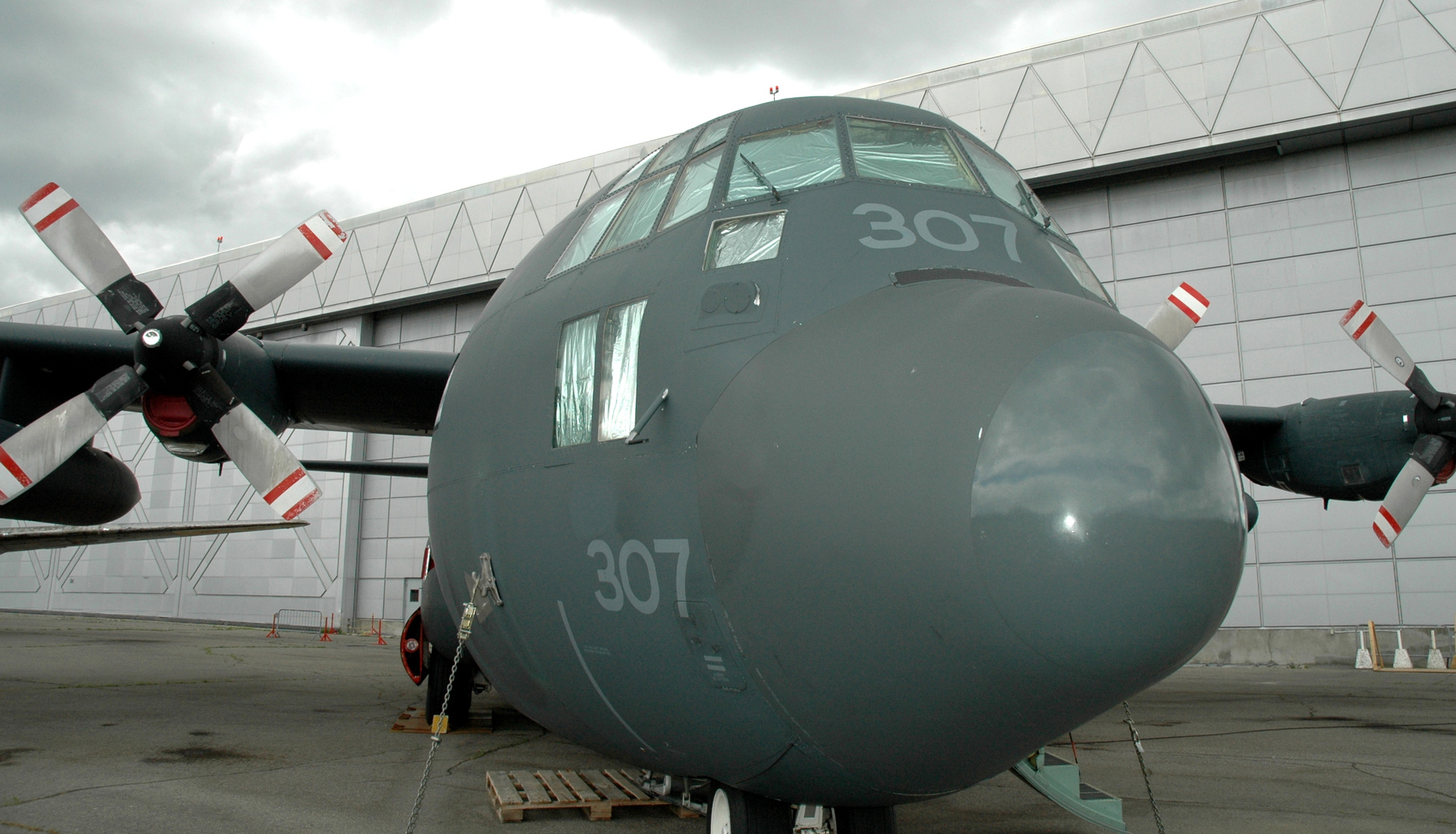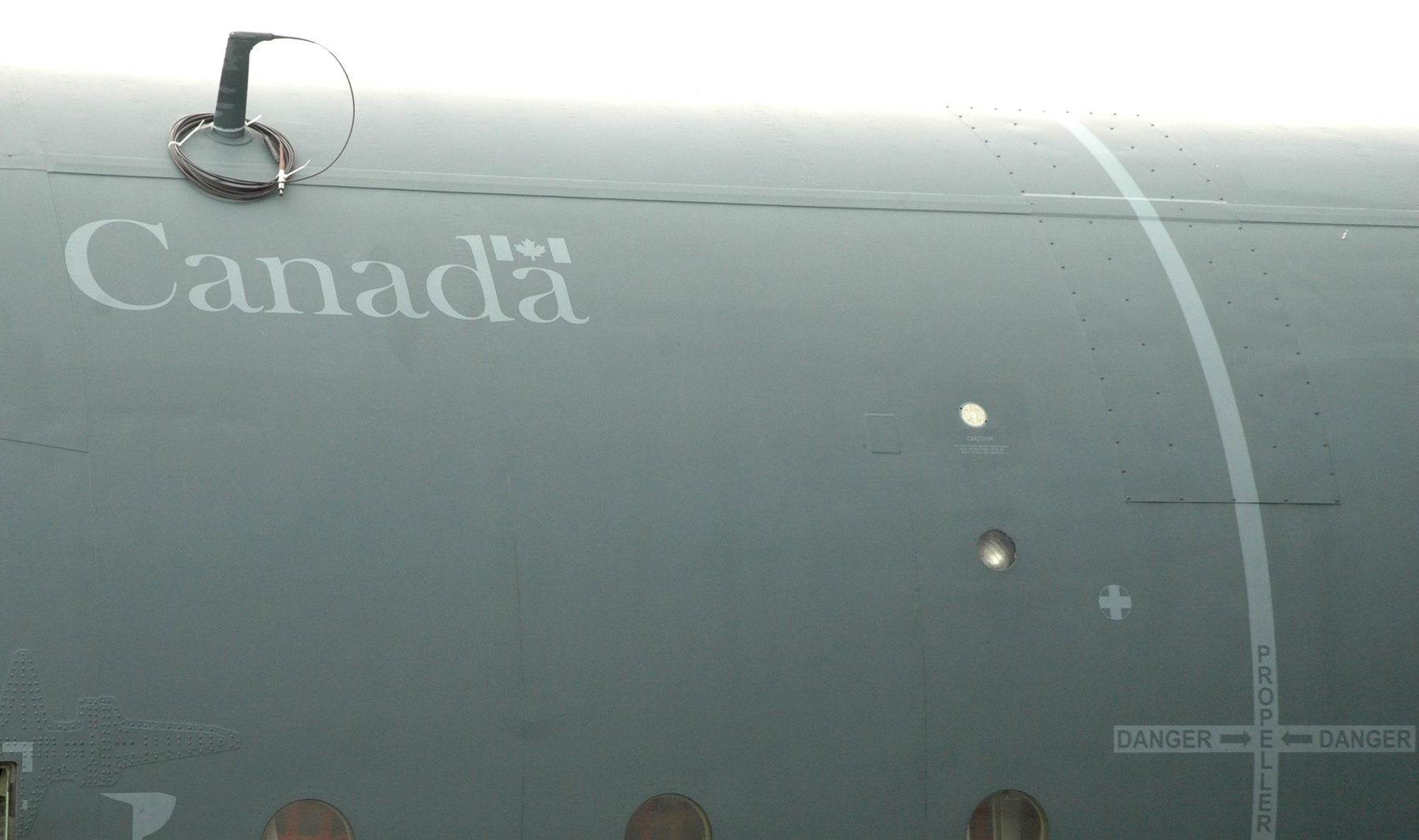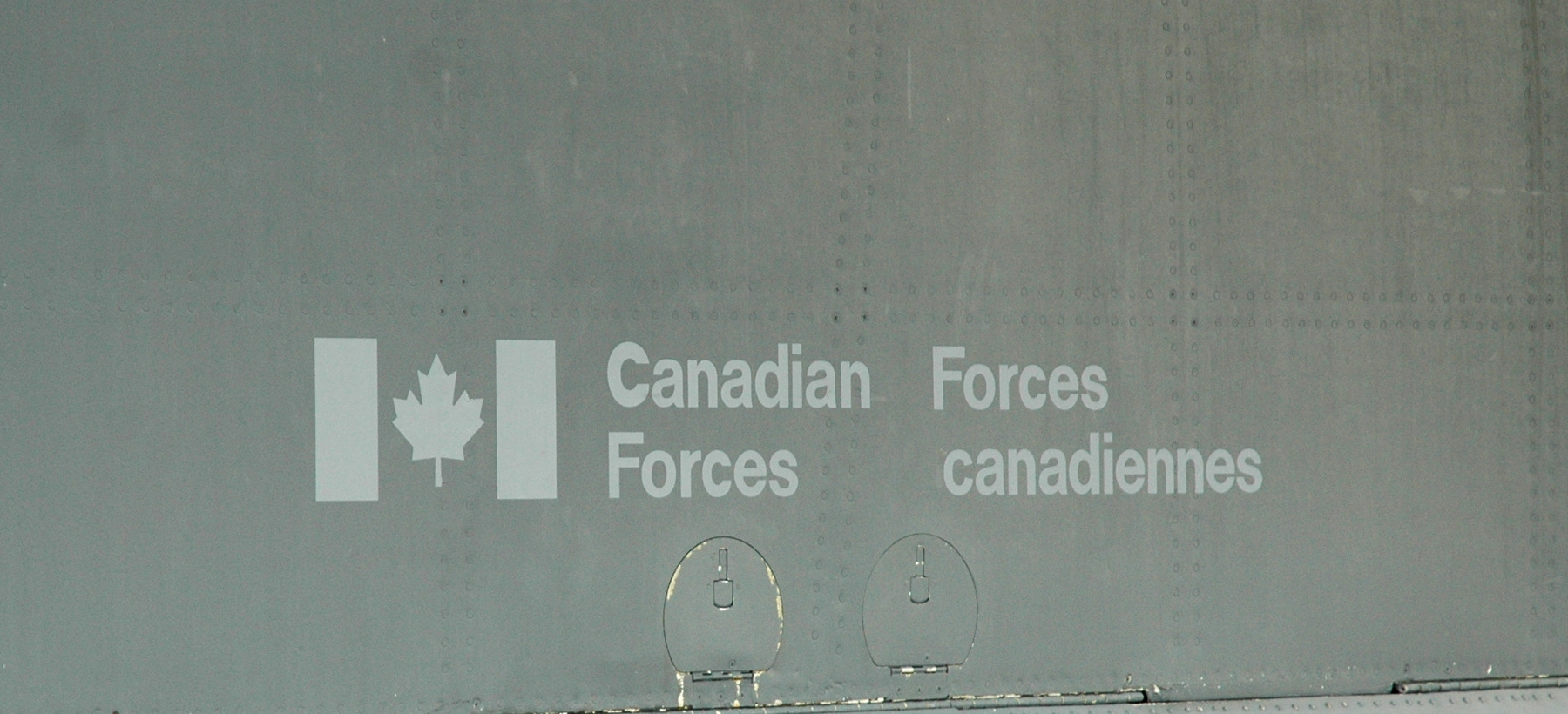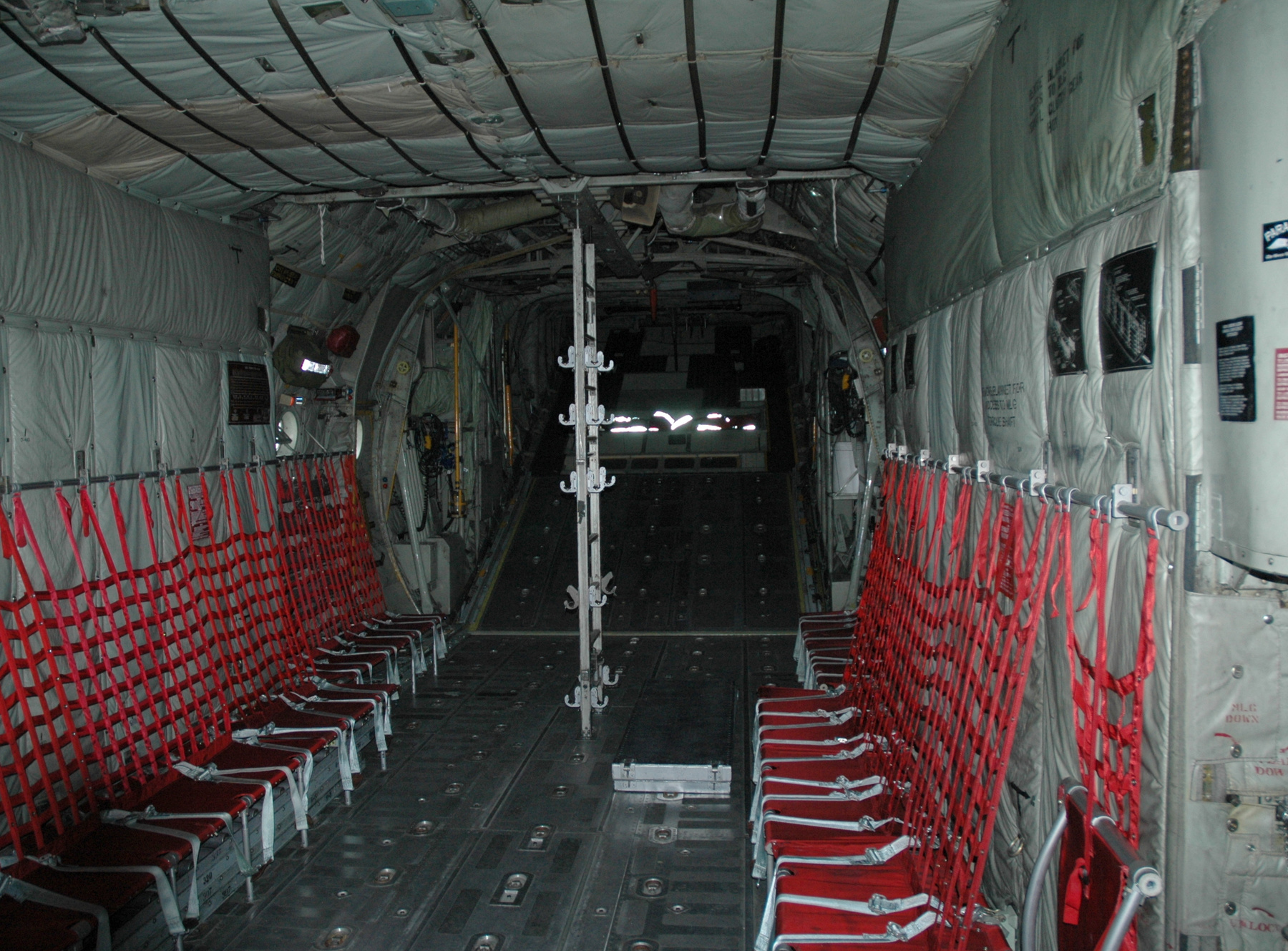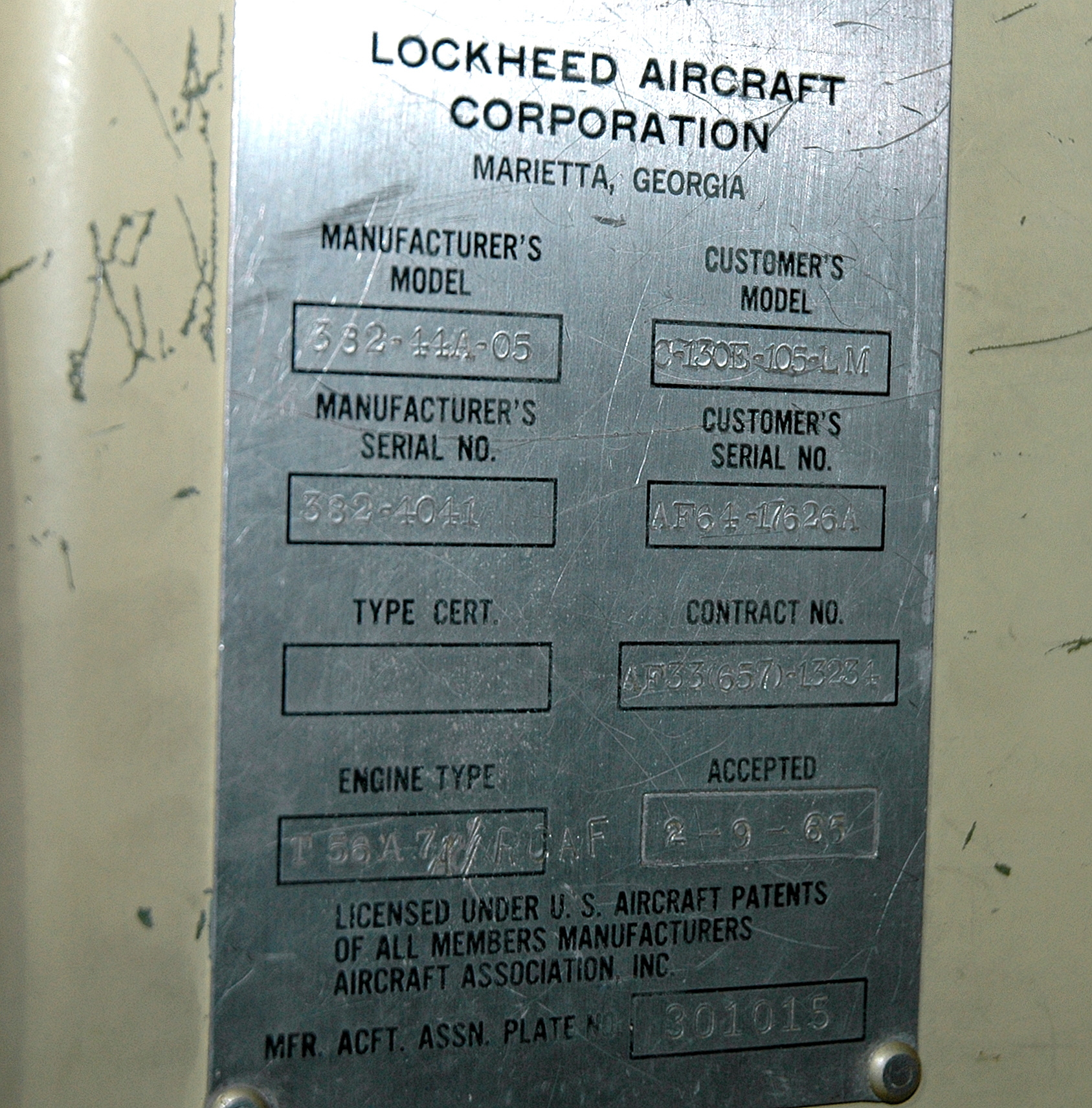Avion
Utiliser cette image
Puis-je réutiliser cette image sans autorisation? Oui
Les images sur le portail de la collection d’Ingenium ont la licence Creative Commons suivante :
Copyright Ingenium / CC BY-NC-ND (Attribution-NonCommercial 4.0 International (CC BY-NC 4.0)
ATTRIBUER CETTE IMAGE
Ingenium,
2016.0005.001
Permalien:
Ingenium diffuse cette image sous le cadre de licence Creative Commons et encourage son téléchargement et sa réutilisation à des fins non commerciales. Veuillez mentionner Ingenium et citer le numéro de l’artefact.
TÉLÉCHARGER L’IMAGEACHETER CETTE IMAGE
Cette image peut être utilisée gratuitement pour des fins non commerciales.
Pour un usage commercial, veuillez consulter nos frais de reproduction et communiquer avec nous pour acheter l’image.
- TYPE D’OBJET
- military/transport
- DATE
- 1965
- NUMÉRO DE L’ARTEFACT
- 2016.0005.001
- FABRICANT
- Lockheed Aircraft Corp.
- MODÈLE
- Lockheed CC-130E Hercules
- EMPLACEMENT
- Marietta, Georgia, United States of America
Plus d’information
Renseignements généraux
- Nº de série
- 382-4041
- Nº de partie
- 1
- Nombre total de parties
- 1
- Ou
- S/O
- Brevets
- S/O
- Description générale
- Aluminum alloy, titanium, steel, plastic, synthetic rubber
Dimensions
Remarque : Cette information reflète la taille générale pour l’entreposage et ne représente pas nécessairement les véritables dimensions de l’objet.
- Longueur
- 40,4 m
- Largeur
- 29,8 m
- Hauteur
- 11,7 m
- Épaisseur
- S/O
- Poids
- S/O
- Diamètre
- S/O
- Volume
- S/O
Lexique
- Groupe
- Aviation
- Catégorie
- Aéronefs
- Sous-catégorie
- S/O
Fabricant
- Ou
- LOCKHEED
- Pays
- United States of America
- État/province
- Georgia
- Ville
- Marietta
Contexte
- Pays
- Canada
- État/province
- Inconnu
- Période
- Used from 1965 until 2016.
- Canada
-
The Royal Canadian Air Force (RCAF) was the second foreign operator to receive Lockheed C-130 Hercules. The first of four C-130Bs, known locally as CC-130Bs, was officially accepted in October 1960, at RCAF Station Uplands, near Ottawa. The RCAF / Canadian Armed Forces received 24 CC-130Es between December 1964 and August 1968. These airplanes were followed by 14 CC-130Hs delivered in batches of five, four and five between October 1974 and March 1991. The Canadian Forces received a pair of civilian L100-30s / Model 382Gs with stretched fuselages in May 1997. These airplanes are known locally as CC-130H-30s. It is worth noting that 5 CC-130Hs have been converted into tanker airplanes to refuel the Canadian military’s McDonnell Douglas CF-188 supersonic jet fighters. The RCAF, as Canada’s air force is called yet again, ordered 17 CC-130J with stretched fuselages in January 2008. Taken on strength between June 2010 and May 2012, these airplanes will replace older and quite worn out Hercules. They will remain in service for years to come. It is worth noting that, over the years, a few Canadian commercial operators also flew ten or so L100s / Model 382s, the civilian version of the C-130. The first of these entered service in 1967. Two L100-30s / Model 382Gs can still be found in the Canadian civil aircraft register. Both are owned by Bradley Air Services of Kanata which operates them under the trademark name of First Air. The Hercules offered to the corporation (manufacturer number 382-4041) is the 3rd CC-130E - and the 7th CC-130 - acquired by the Canadian military. Taken on strength on February 9, 1965, the airplane received the RCAF serial number 10307 (130307 from May 1970 onward). It flew with No. 435 Squadron, a unit based at RCAF Station Namao (Alberta). After ten or so years spent at Namao, the Hercules was converted into a navigation training airplane, with the designation CC-130N / NT or Nav-Herc, and used at Canadian Forces Base (CFB) Winnipeg by the Canadian Forces Air Navigation School. It was one of four Hercules so modified to train navigators who would fly aboard transport airplanes (Lockheed CC-130 Hercules) or maritime patrol airplanes (Canadair CP-107 Argus or, later, Lockheed CP-140 Aurora) . The airplanes could be configured for either type of training by using removable pallet-mounted consoles made by Northwest Industries of Edmonton. Each of these consoles carried two student positions as well as an instructor position, further back. A Hercules could either carry two identical consoles, or one of each type . With the introduction of a dedicated navigation training airplane in 1991, the Hercules offered to the corporation was transferred to No. 429 Squadron, a transport unit based at CFB Winnipeg. In 1993, it was converted into a search and rescue airplane, a version known informally as the CC-130E(SAR). The airplane went to No. 424 Squadron, a unit based at CFB Trenton (Ontario). The Hercules under discussion is the last of the CC-130Es and the oldest Hercules still flying in Canada. The RCAF wishes to repaint it in August 2012 “in previously approved Heritage colours to reflect on its 47 years of outstanding service to the Crown, to Canada and Canadians.” The airplane will then be flown to various bases and at airshows. By the time it is officially retired, around April 1st, 2014 (?), the Hercules will have flown about 950 hours with its new colours - presumably a reproduction of the ones it carried when it went into service, in 1965. (Taken directly from the Acquisition Proposal, Ref. 1) - Fonction
-
Taking part in search and rescue operations. - Technique
-
Like its equally famous stable mate, the Lockheed F-104 Starfighter supersonic fighter airplane, the C-130 Hercules military transport airplane was a child of the Korean War. When the fighting began, in 1950, transport crews of the U.S. Air Force (USAF) were flying half a dozen airplane types that had entered service just before, during or just after the Second World War. As useful as they were, these piston-powered machines had numerous limitations. Acquiring new and improved transport airplanes of medium, large and very large size quickly became a priority for the USAF.As a result, three General Operational Requirements were issued in 1951 and 1952. The first of these had to do with a medium size transport airplane capable of: dropping supplies or soldiers by parachute; landing supplies or soldiers on relatively short and unprepared strips, or; carrying supplies or soldiers over relatively long distances. The USAF sent a request for proposals to a number of airplane makers in early February 1951. Answers came back within a matter of weeks, as many makers already had a good idea of what the USAF was looking for. One of the proposals submitted by Lockheed Aircraft was selected for development in June 1951. Two prototypes of the C-130 were ordered on July 2nd. Lockheed’s winning design was quite radical for its day but it would not win any prizes for elegance. It had a blunt nose, a portly fuselage and a large vertical fin. Unlike many military transport airplanes already in service, though, the C-130 was designed from scratch for use by the military. There was a ramp at the rear of the fuselage, for example, which made it possible to drive small vehicles into the cargo hold. The floor of the cargo hold was also at truck bed height, to facilitate loading. The full width doors of this cargo hold could be opened in flight. Better yet, the cargo hold could be pressurized, an unusual feature for the time but an essential one given the possibility of having to transport wounded soldiers. With its onboard auxiliary power unit (APU), the C-130 was designed to be entirely independent of ground support vehicles and support systems when operating in the field. The highly utilitarian configuration of the C-130 would become the world standard for military transport airplanes the world over. As well, the research conducted by Lockheed Aircraft to improve the loading, handling and securing of cargo proved of great use to the air cargo industry in the U.S. and abroad. The very structure of the C-130 was equally advanced. The upper and lower wing skins, not to mention the floor of the cargo hold, did not consist of aluminium alloy panels connected by thousands of rivets, which were quite heavy. They were machined from single block of aluminium alloy. Metal to metal bonding was also used a great deal, thus eliminating even more rivets and allowing the use of thinner metal sheets. Much of the structure was put together using a newly perfected, high strength aluminium alloy. As well, some components were made of titanium, a high strength yet relatively light metal seldom used before. Unlike previous military transport airplanes, the C-130 was powered by turboprop engines. The T56 turboprop, designed by the Allison Division of General Motors, was actually developed in parallel with the C-130. There were some risks involved in proceeding this way. The T56 might have been a total flop, for example. Instead, it became a great success story for its manufacturer. Civilian versions of the engine powered the Lockheed Electra four-engined, medium range airliner, which first flew in December 1957. In turn, T56s were used on a military derivative of the Electra, the P3V / P-3 Orion long range maritime patrol airplane, first flown in November 1959 and operated by the U.S. Navy as well several friendly countries, including Canada. The Allison engine also found a niche as a replacement engine for Convair 240 / 340 / 440 twin-engined, medium range airliners whose piston engines were quickly becoming obsolescent. A number of these airplanes were duly converted from the 1960s onward. A modernized and more powerful derivative of the T56, the AE 2100, powers the current version of the Hercules, the Lockheed Martin C-130J or Super Hercules, as the company calls its new product. Allison, incidentally, is now owned by the Rolls-Royce Group. Following the USAF’s decision to order two C-130 prototypes, a team of Lockheed Aircraft engineers began to draw the detailed plans of the airplane. They also supervised the construction of a full size mock-up with functioning features. USAF people examined it in March and June 1952. The USAF was so impressed that it signed a production contract in September, well before the prototypes were even completed. It may have been around that time, if not earlier, that the name Hercules was given to the C-130. The legendary strength of the ancient demigod seemed a good fit for a military transport airplane. The name also went well with Lockheed Aircraft’s longstanding use of astronomy-related names for its creations. Hercules is, after all, a constellation visible in the northern sky. The first prototype of the Hercules flew on August 23rd, 1954. The first production airplane followed suit on April 7th, 1955. Deliveries to the USAF began in December 1956. By then, a decision had been made to introduce a new type of navigation radar which greatly changed the shape of the nose. Transport crews were deeply impressed by the capabilities of their new machine. It was not long before the Hercules was endearingly referred to as the Herc or Herky Bird. Foreign air forces soon began to knock on Lockheed Aircraft’s door. The first foreign customer was the Royal Australian Air Force, which received its first Hercules in December 1958. By comparison, the first airplane ordered by the RCAF was delivered in October 1960. Many other countries followed suit. By 1974, Hercules were flying with the armed forces of more than 35 countries around the globe. By 1977, close to 1 600 airplanes had been sold, including some for commercial operators. By early 2012, about 2 400 airplanes had been delivered to military and commercial operators in more than 60 countries. The Hercules is one of the most successful military transport airplanes ever designed. The Hercules was / is a consistent money maker for its manufacturer. It helped Lockheed Aircraft, now Lockheed Martin, weather some pretty difficult periods in its history. As was to be expected, improved versions of the Hercules military transport airplane were developed over the years (see Acquisition Proposal in Supp. Info. for list of versions and when they were first delivered). Other roles were also found for military Hercules: photographic mapping; data collecting for missile tests; radio-controlled target drone launching and controlling; search and rescue flying; polar flying with ski landing gear; mid-air recovering of satellite capsules, especially reconnaissance ones; storm chasing for weather research; mid-air recovering of aircrew shot down over enemy territory; in flight refuelling of airplanes or helicopters; transmitting emergency action messages to missile launching submarines; attacking of ground targets; launching of reconnaissance drones; and aerial firefighting. Very early on, Lockheed Aircraft came to realize that the Hercules had a great deal to offer to civilian operators. The company thus spent a great deal of time and effort marketing it. A company-owned demonstrator airplane test flown in April 1964 was used to obtain a civilian type approval from the Federal Aviation Agency, now the Federal Aviation Administration, in 1965. A small number of orders followed for L100s or Models 382s / 382Bs, as these civilian cargo airplanes were known. Deliveries began in 1965. Eager to give its airplanes better operating economics, Lockheed Aircraft lengthened the fuselage of its demonstrator by about 2.55 m. Thus modified, it was tested in April 1968. A number of stretched airplane, the L100-20s or Models 382Es / 382Fs, were delivered from 1968 onward while several existing airplanes were converted to the new design. An even longer version, with a further 2.05 m stretch, was test flown in August 1970. Deliveries began soon after. The longer fuselage of these L100-30s or Model 382Gs even attracted the attention of a few air forces, including Canada’s. Again, a number of stretched airplanes were built while many existing airplanes were converted to the new designs. All in all, about 115 - 120 L100s / Model 382s were produced. As was to be expected, Lockheed Aircraft developed or proposed many versions of the Hercules that never got into production: a short take off and landing (STOL) airplane - military and civilian; a vertical take off and landing (VTOL) airplane - military; a re-engined airplane - military and civilian; an amphibian airplane - military and civilian; and a twin-engine airplane - civilian. As of 2012, the Hercules is still in production. Indeed, Lockheed Martin delivered the 2 400th airplane in January 2012. The production line at Marietta (Georgia) is the longest continuous operating military aircraft production line in history. Hercules have been rolling out of its floor since 1955. - Notes sur la région
-
Inconnu
Détails
- Marques
- On the proper front, below the cockpit windows, and on either side of the nose is the number "307" in grey numbers/ On both the proper left and right of the fuselage: "Canada"/ "DANGER/ PROPELLER/ DANGER"/ "Canadian/ Forces/ Forces/ canadiennes"/ On either side of the vertical stabilizer fin: "[Canadian flag]/ 130307"/ A yellow plate that reads: "RESCUE/ 424/ SQUADRON/ SAUVETAGE"
- Manque
- Unknown
- Fini
- Exterior is predominantly dark grey with light grey markings. There is a yellow plate with red and black on the tail on both sides. The propellers are predominantly a light grey metal painted black near the hub and with red stripes at the tips.
- Décoration
- S/O
FAIRE RÉFÉRENCE À CET OBJET
Si vous souhaitez publier de l’information sur cet objet de collection, veuillez indiquer ce qui suit :
Lockheed Aircraft Corp., Avion, 1965, Numéro de l'artefact 2016.0005, Ingenium - Musées des sciences et de l'innovation du Canada, http://collection.ingeniumcanada.org/fr/id/2016.0005.001/
RÉTROACTION
Envoyer une question ou un commentaire sur cet artefact.
Plus comme ceci

